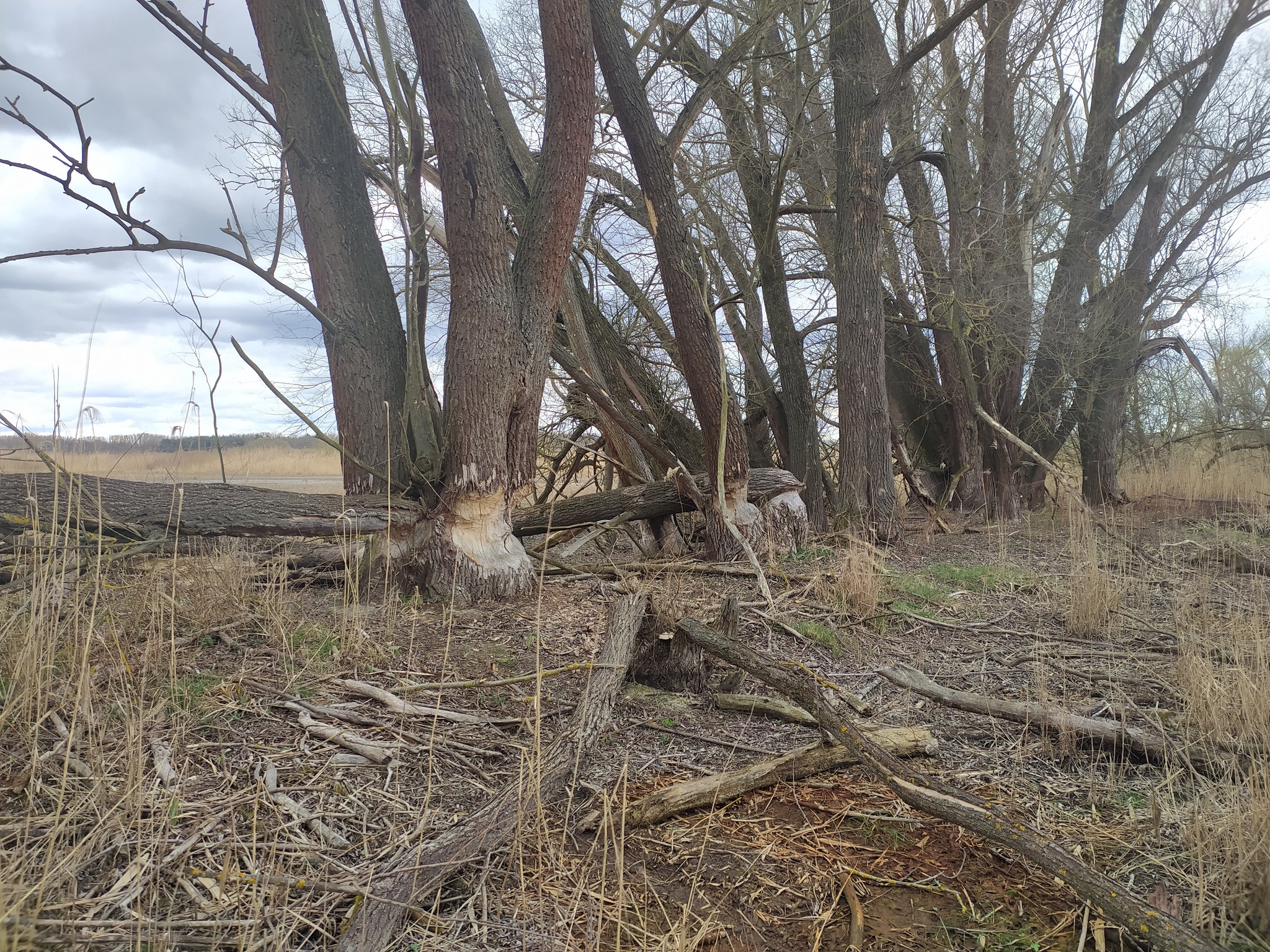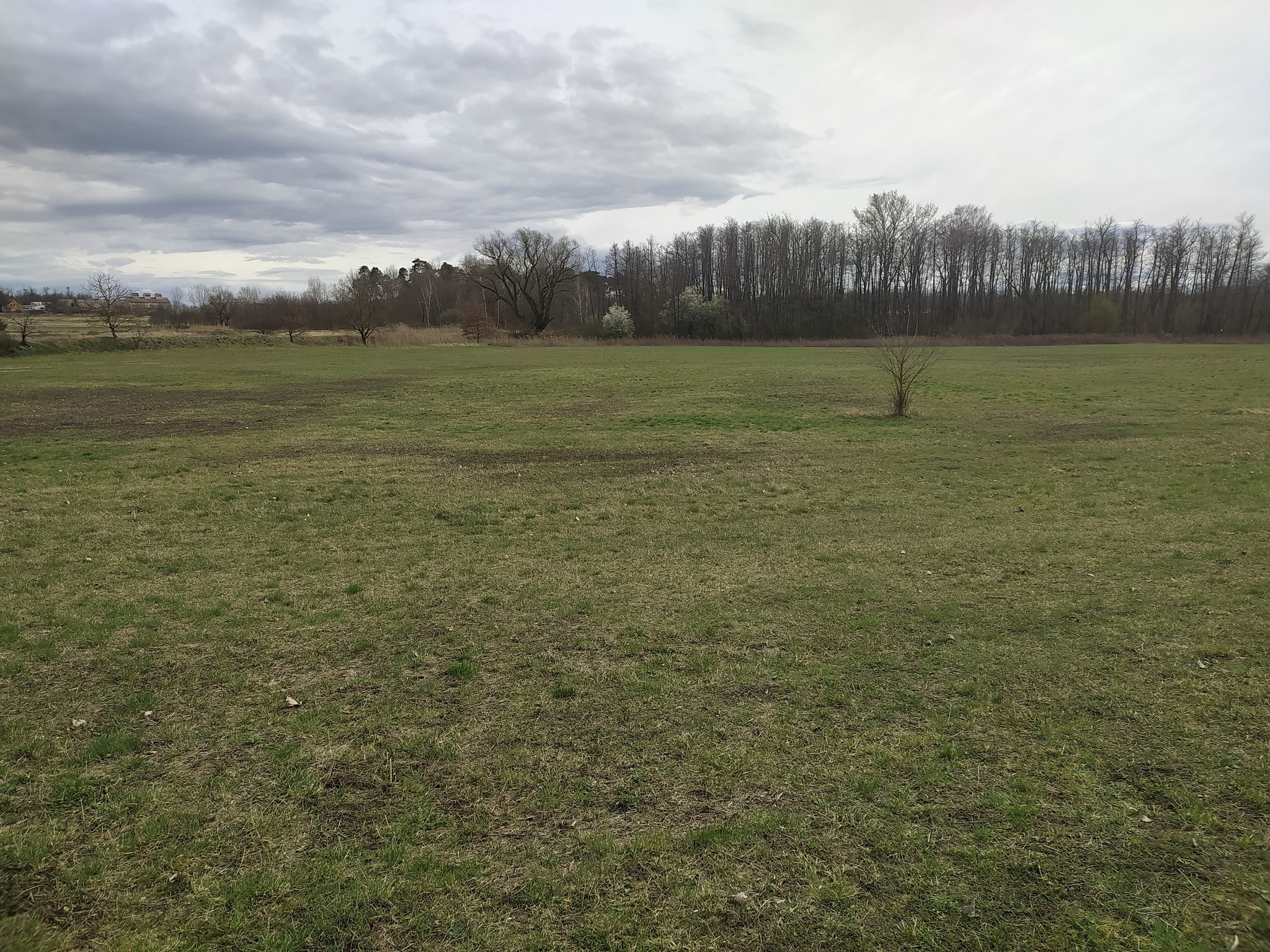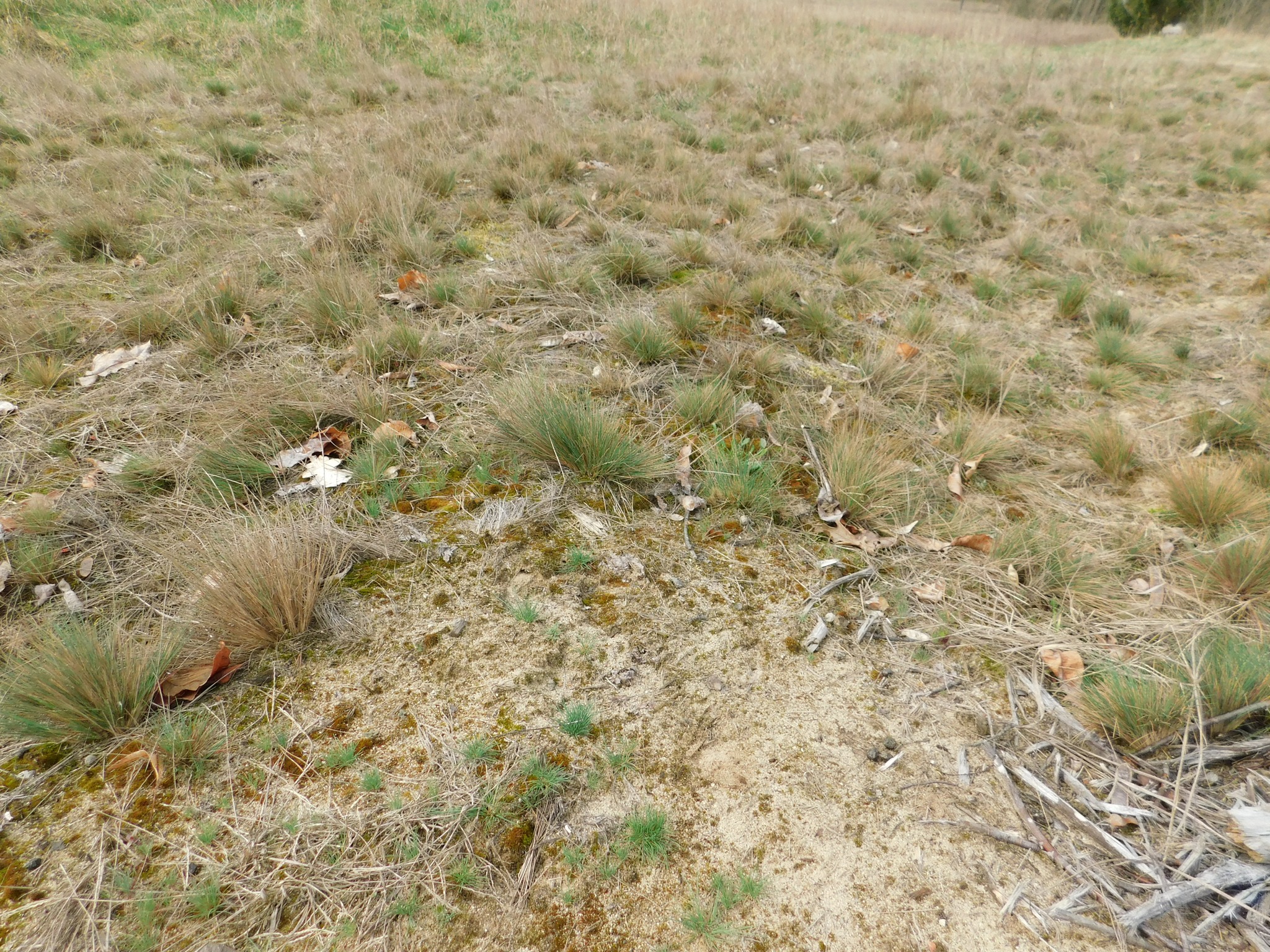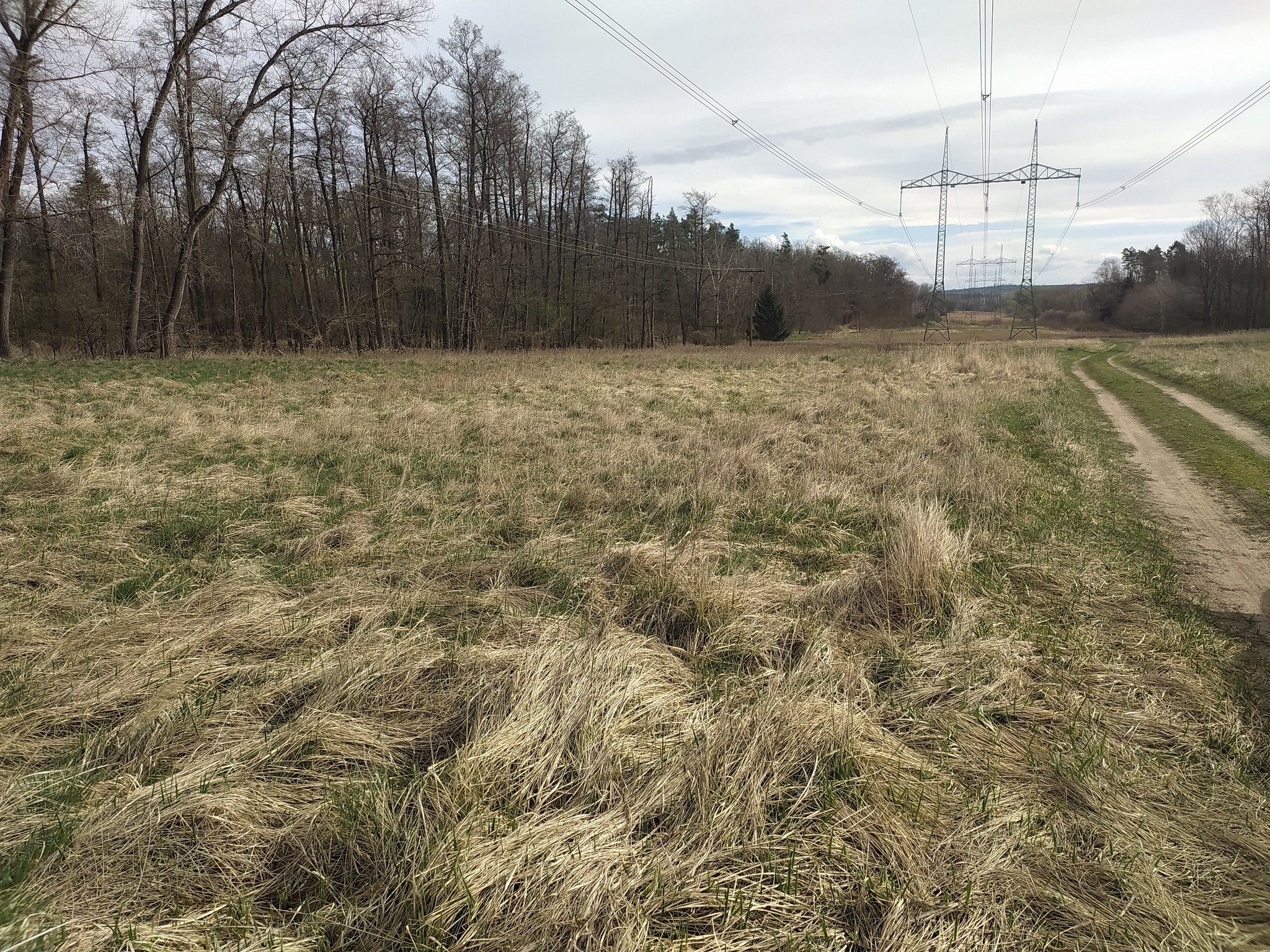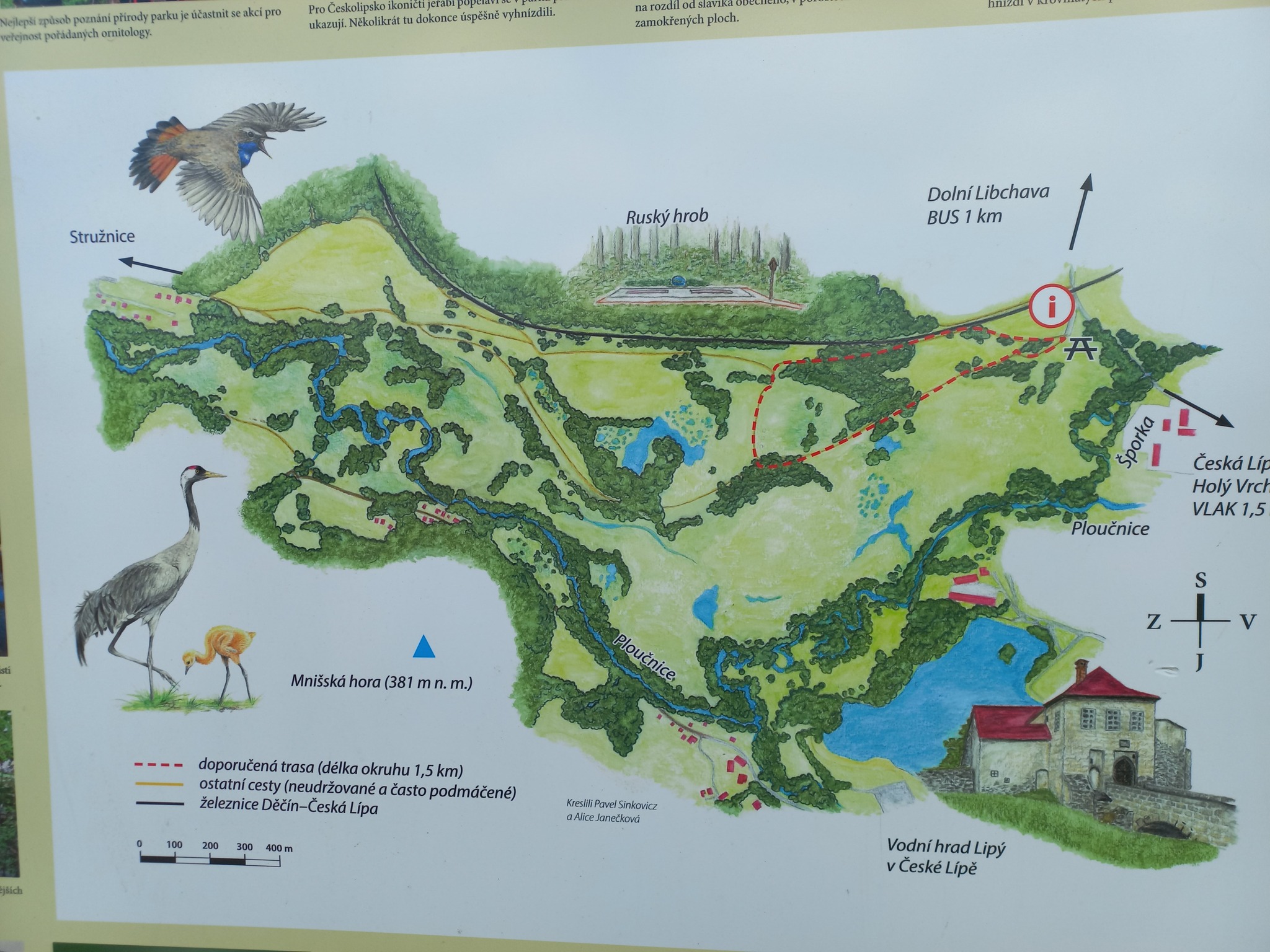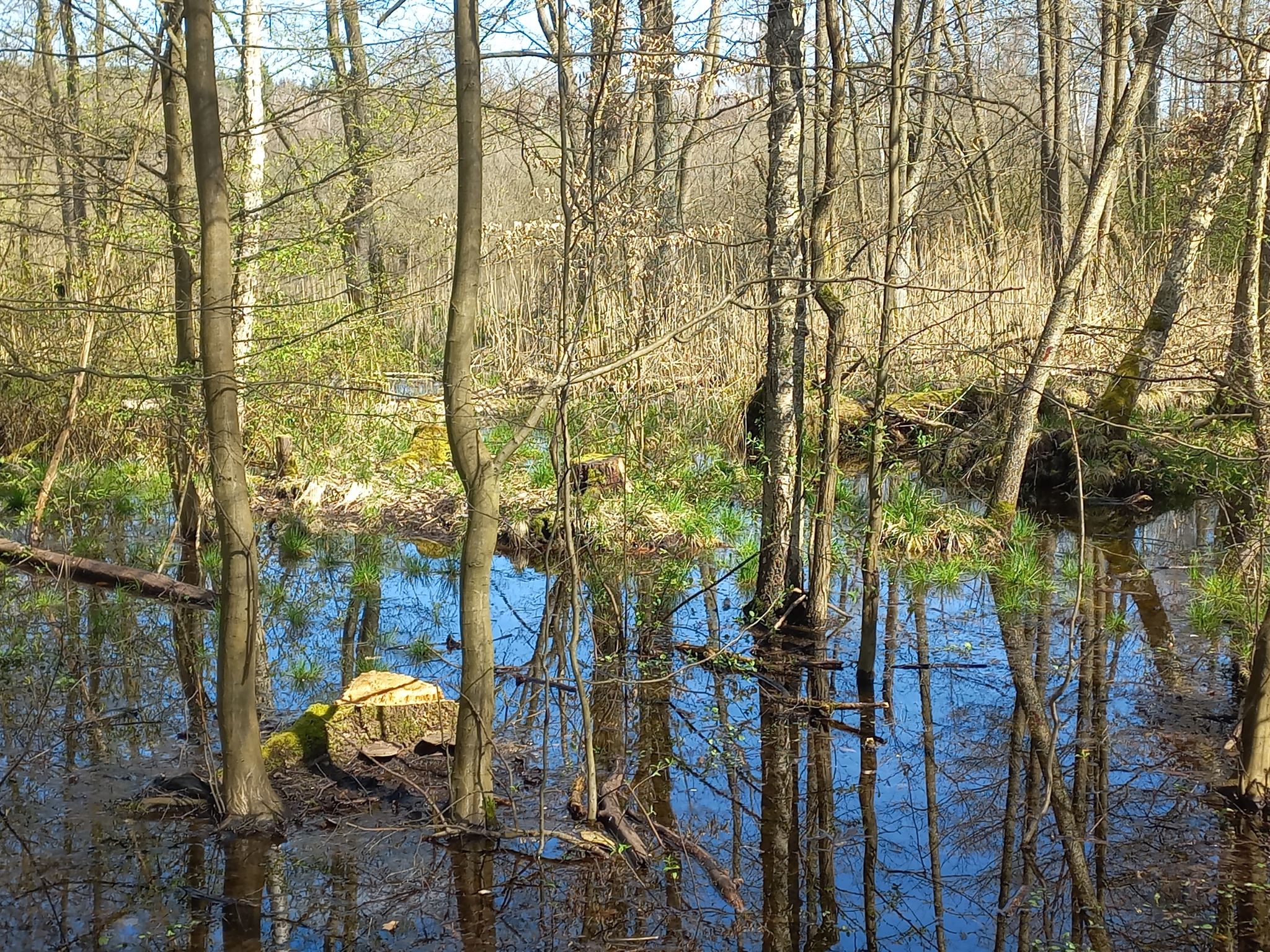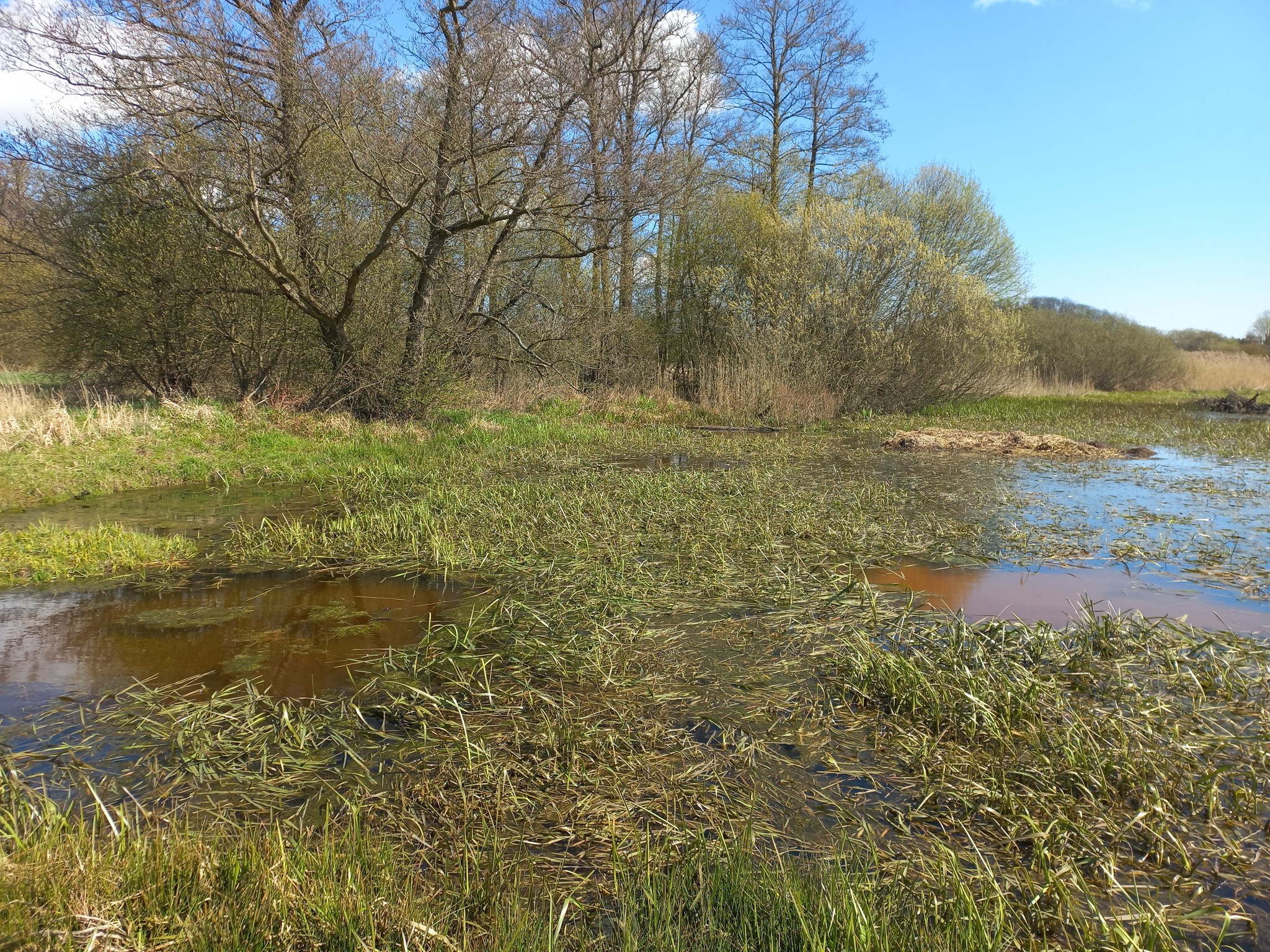|
Published on Oct 15, 2023
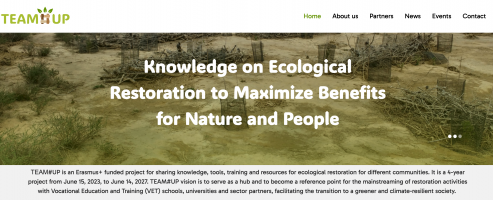 We are happy to announce that the website of the TEAM#UP project has been launched. At www.teamup2restore.eu you will find project updates, a knowledge platform with teaching materials in the national languages as well as in English, events and workshops and much more. We are happy to announce that the website of the TEAM#UP project has been launched. At www.teamup2restore.eu you will find project updates, a knowledge platform with teaching materials in the national languages as well as in English, events and workshops and much more.
The TEAM#UP project aims to expand the existing knowledge in the field of ecological restoration to vocational education and training. Through the cooperation between vocational schools, university and research institutions, and sectoral partners, open educational materials on ecological restoration will be developed.
#TeamUp2Restore

Published on Oct 12, 2023
Published on Sep 28, 2023
Published on Jul 25, 2023
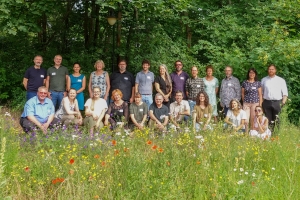 The TEAM#UP project slowly starts. At the end of June, we met all the project partners from the Czech Republic, Germany, Norway, and Spain. Now, the intensive work on teaching materials starts. The materials will be prepared for pilot integration into education next year. We are looking forward to cooperation with the Czech project partners: Vyšší odborná škola a Střední zemědělská škola, Benešov, and Pro-Bio Association of Ecological Farmers. The TEAM#UP project slowly starts. At the end of June, we met all the project partners from the Czech Republic, Germany, Norway, and Spain. Now, the intensive work on teaching materials starts. The materials will be prepared for pilot integration into education next year. We are looking forward to cooperation with the Czech project partners: Vyšší odborná škola a Střední zemědělská škola, Benešov, and Pro-Bio Association of Ecological Farmers.
The project is funded by the European Union.
Photo © Vera Grünhage
 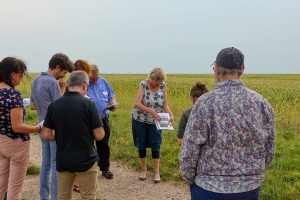 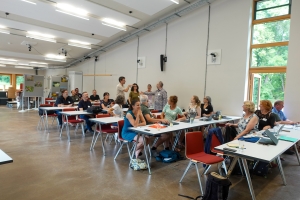 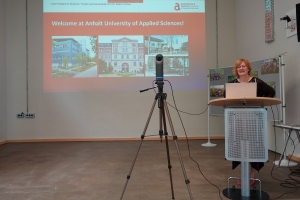
Published on Jun 24, 2023
Published on May 27, 2023
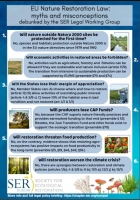 The SER Europe Legal Working Group has developed a short document in which they summarize the most important facts and debunk the largest myths regarding the new EU Nature Restoration Law. The SER Europe Legal Working Group has developed a short document in which they summarize the most important facts and debunk the largest myths regarding the new EU Nature Restoration Law.
Published on Apr 14, 2023
<
1
...
5
6
7
8
9
...
23
>
|
|
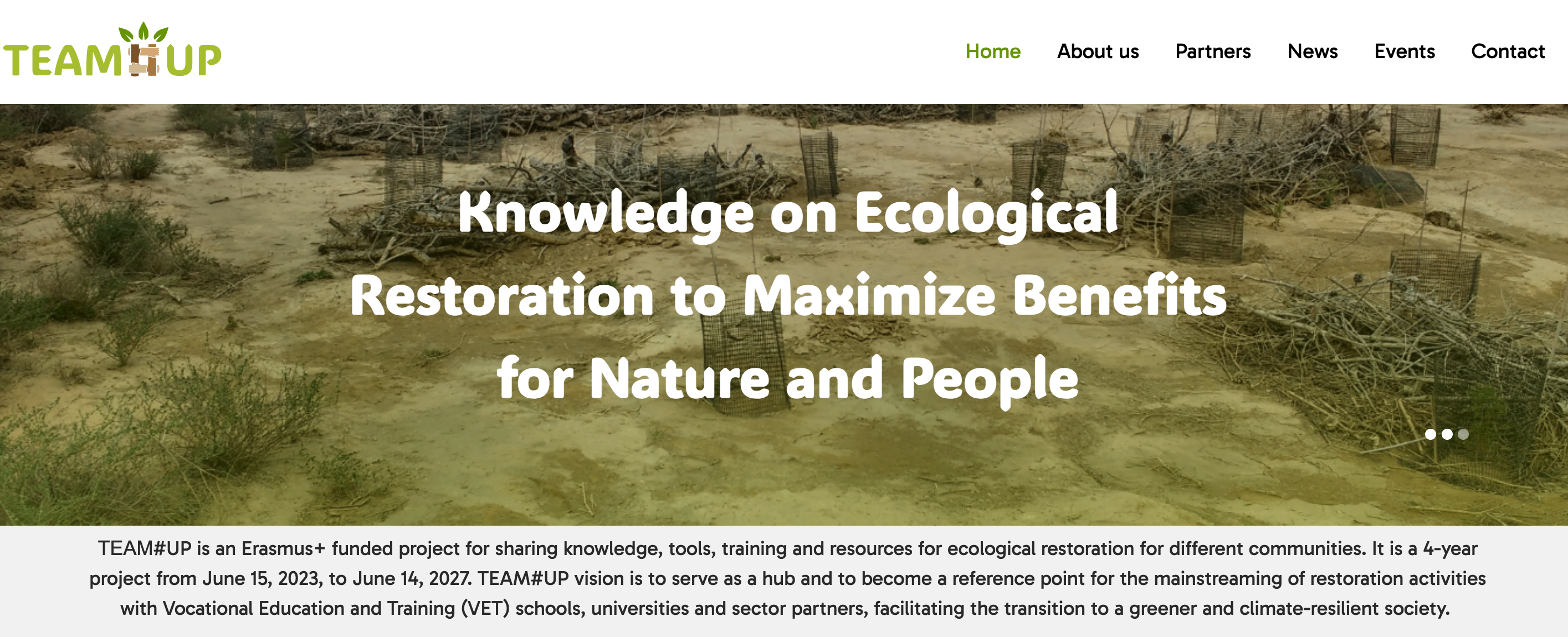 We are happy to announce that the website of the TEAM#UP project has been launched. At www.teamup2restore.eu you will find project updates, a knowledge platform with teaching materials in the national languages as well as in English, events and workshops and much more.
We are happy to announce that the website of the TEAM#UP project has been launched. At www.teamup2restore.eu you will find project updates, a knowledge platform with teaching materials in the national languages as well as in English, events and workshops and much more.
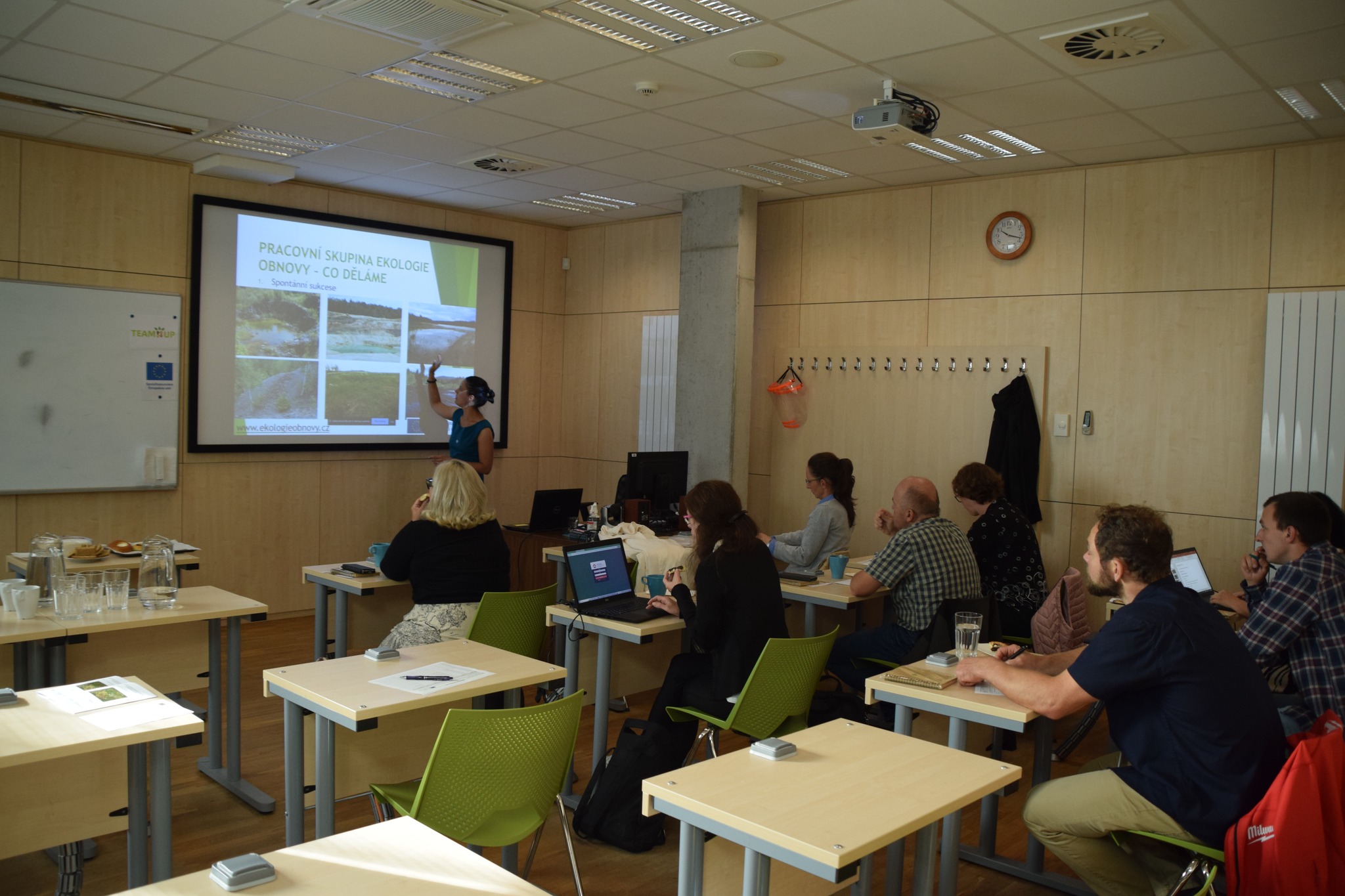 We hosted a meeting of Czech TEAM#UP partners on Wednesday, 11th October in České Budějovice. Thanks to the great participation of representatives of the Agricultural College and Agricultural Secondary School Benešov and on-line participation of Kateřina Urbánková, representative of the Pro-Bio Association of Organic Farmers, we could discuss in detail the progress of the work and the content of the teaching materials that will be created within the project. Participants also had the opportunity to visit the Faculty garden, which serves as a demonstration site and an example of good practice using near-natural restoration in the city. We believe that the meeting was fruitful and we look forward to the next one, this time in Benešov.
We hosted a meeting of Czech TEAM#UP partners on Wednesday, 11th October in České Budějovice. Thanks to the great participation of representatives of the Agricultural College and Agricultural Secondary School Benešov and on-line participation of Kateřina Urbánková, representative of the Pro-Bio Association of Organic Farmers, we could discuss in detail the progress of the work and the content of the teaching materials that will be created within the project. Participants also had the opportunity to visit the Faculty garden, which serves as a demonstration site and an example of good practice using near-natural restoration in the city. We believe that the meeting was fruitful and we look forward to the next one, this time in Benešov.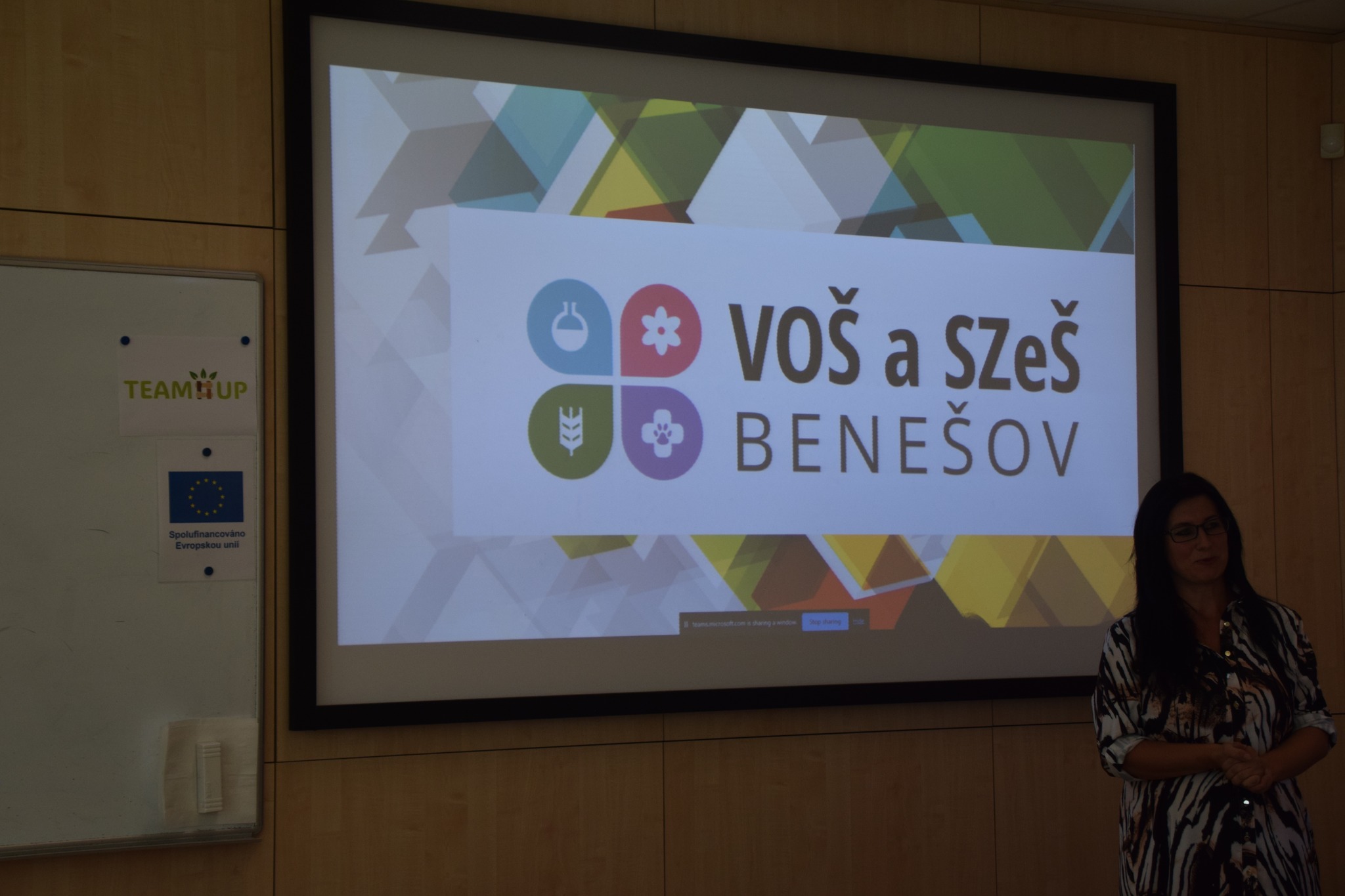
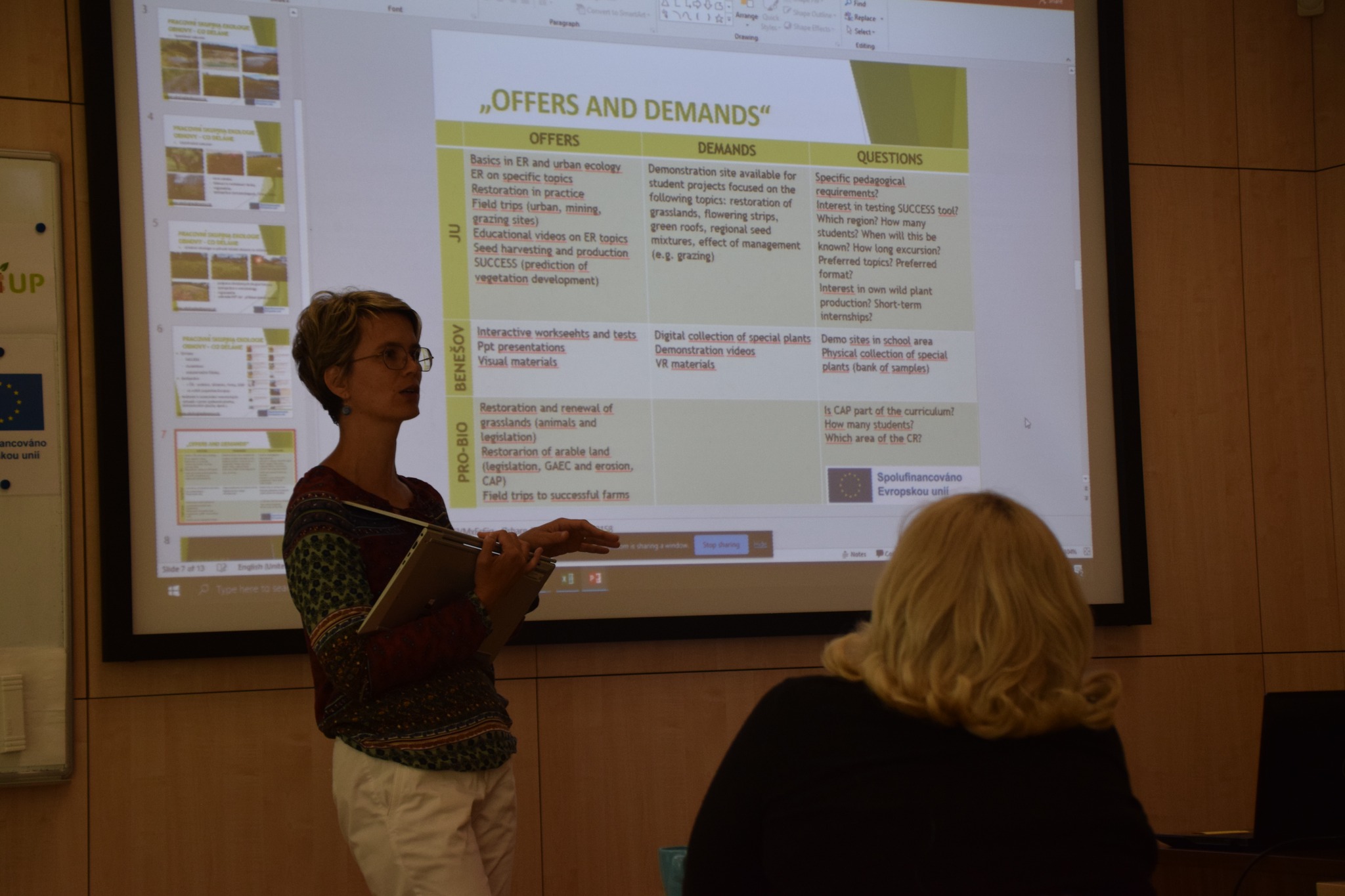
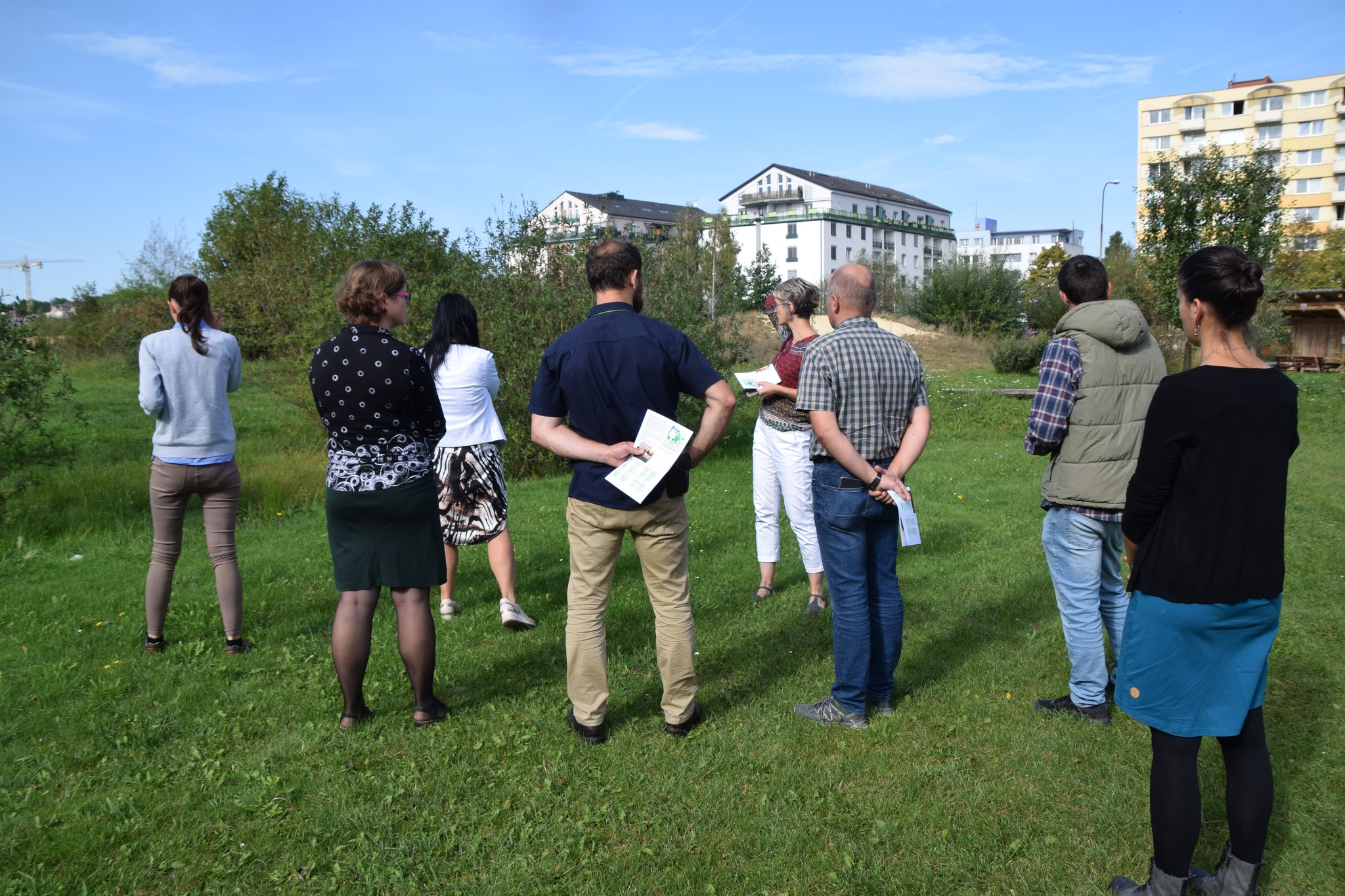
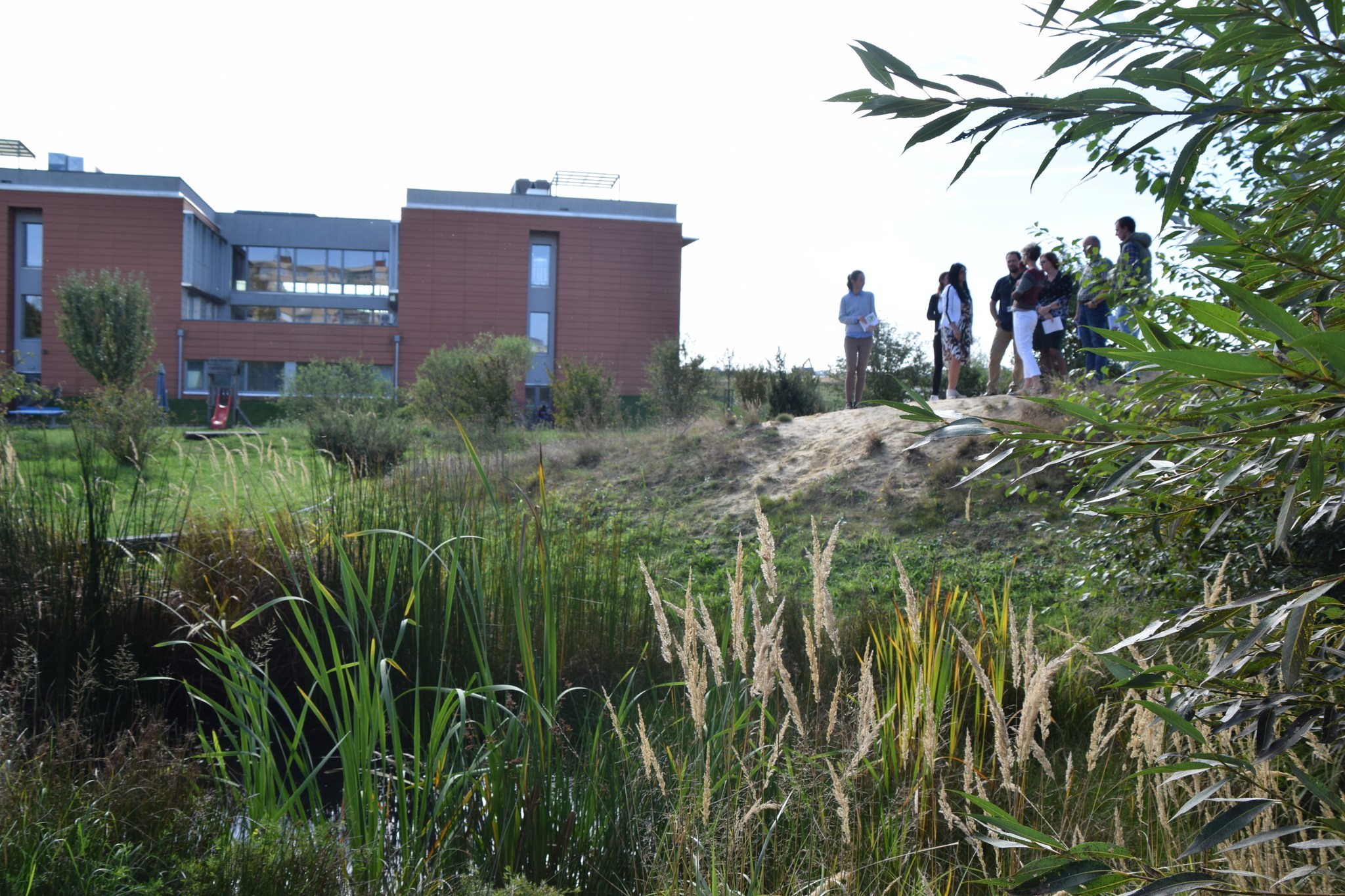

 These days, the World Conference on Ecological Restoration is taking place in Darwin, Australia. Our Restoration Ecology Working Group has a strong representation at the conference. Klára and Karel presented more general contributions about the factors that influence spontaneous succession on a global scale (Karel), and the possibilities and limitations of the use of spontaneous succession in European mining sites (Klára). During the poster session, Anička presented the Catalogue of Successional Stages SUCCESS, which is currently under construction, and Kamča presented the results of our project on the production of regional seed biomass. We wish all participants a pleasant rest of the conference.
These days, the World Conference on Ecological Restoration is taking place in Darwin, Australia. Our Restoration Ecology Working Group has a strong representation at the conference. Klára and Karel presented more general contributions about the factors that influence spontaneous succession on a global scale (Karel), and the possibilities and limitations of the use of spontaneous succession in European mining sites (Klára). During the poster session, Anička presented the Catalogue of Successional Stages SUCCESS, which is currently under construction, and Kamča presented the results of our project on the production of regional seed biomass. We wish all participants a pleasant rest of the conference.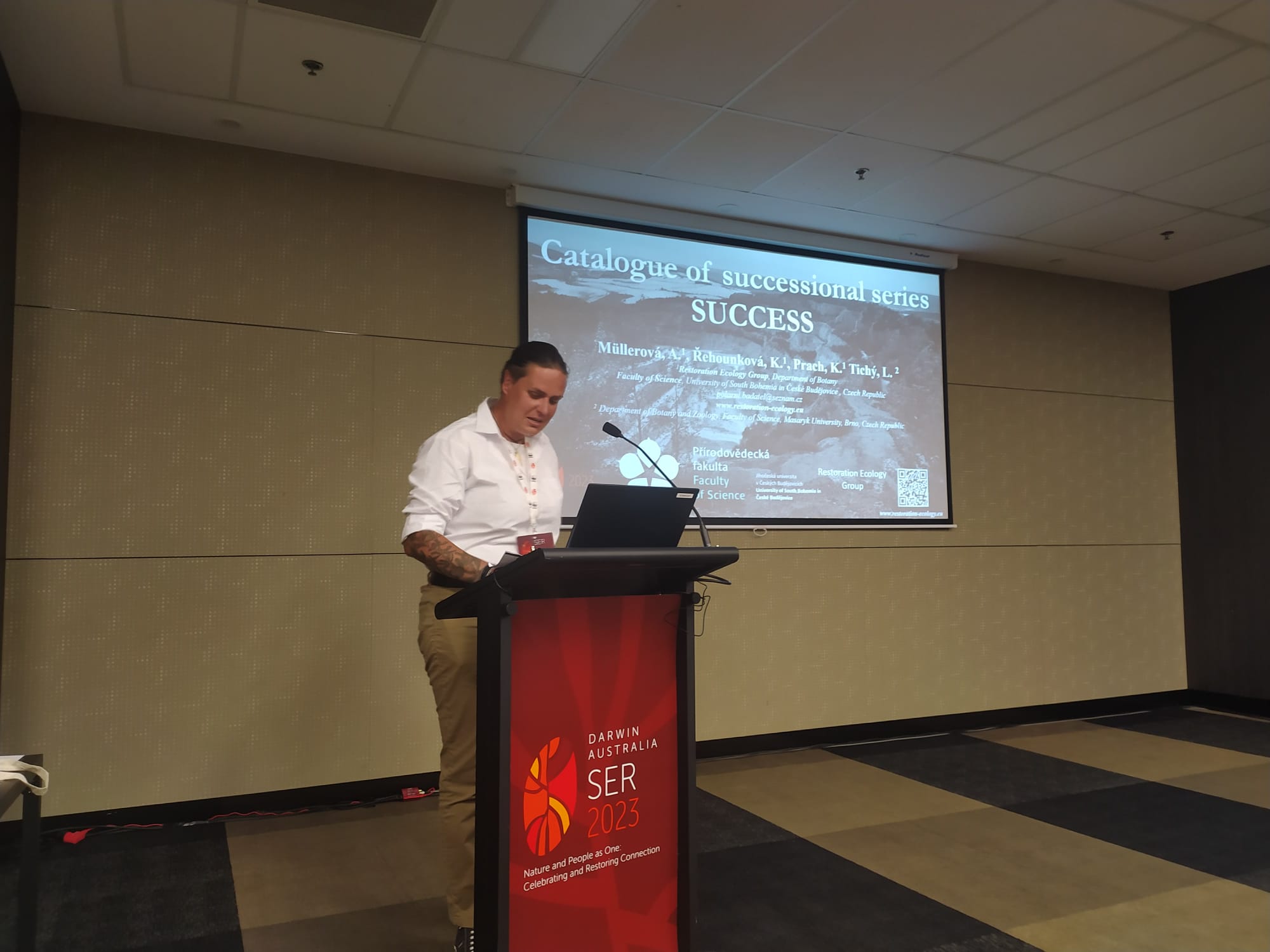
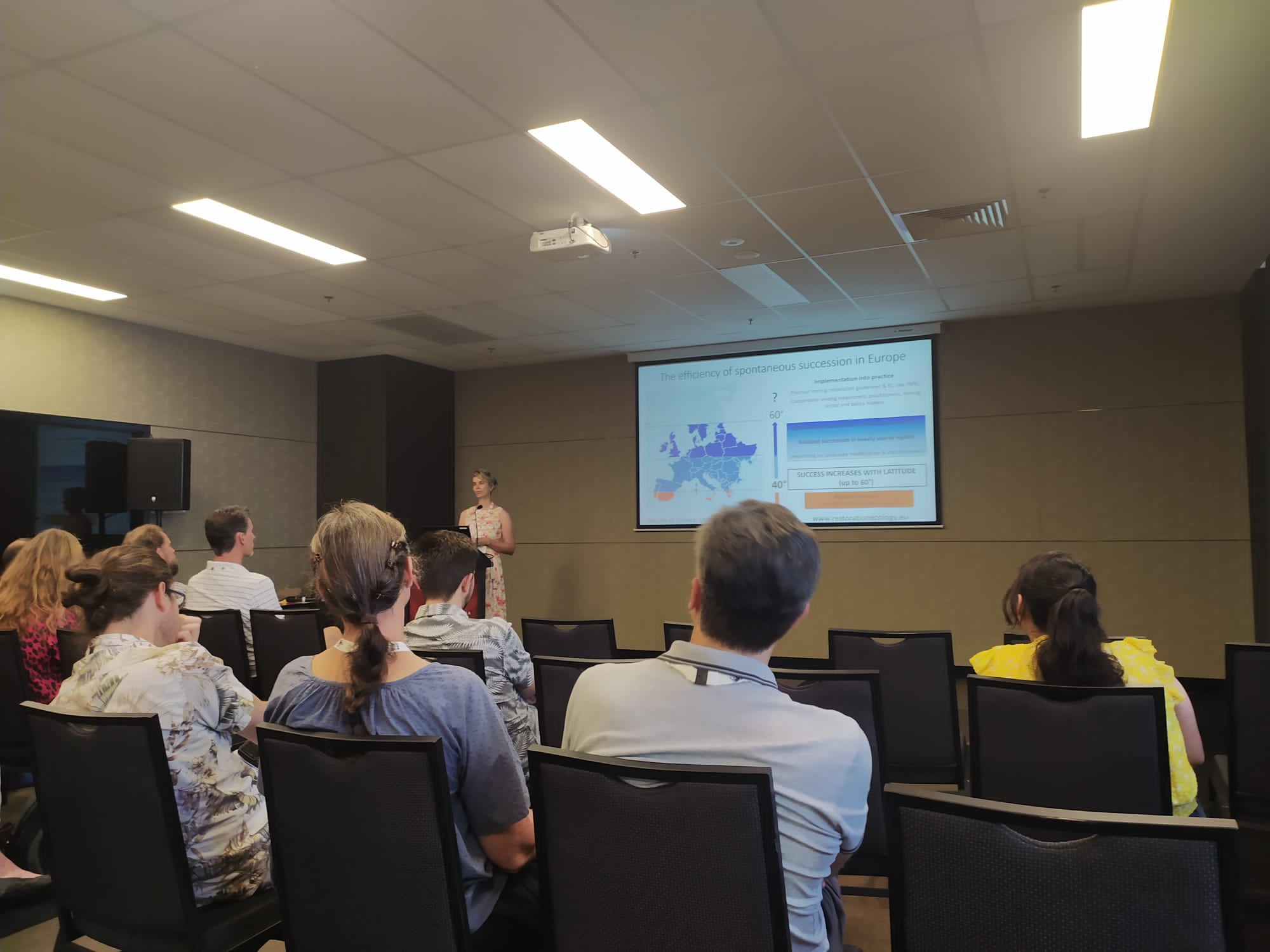

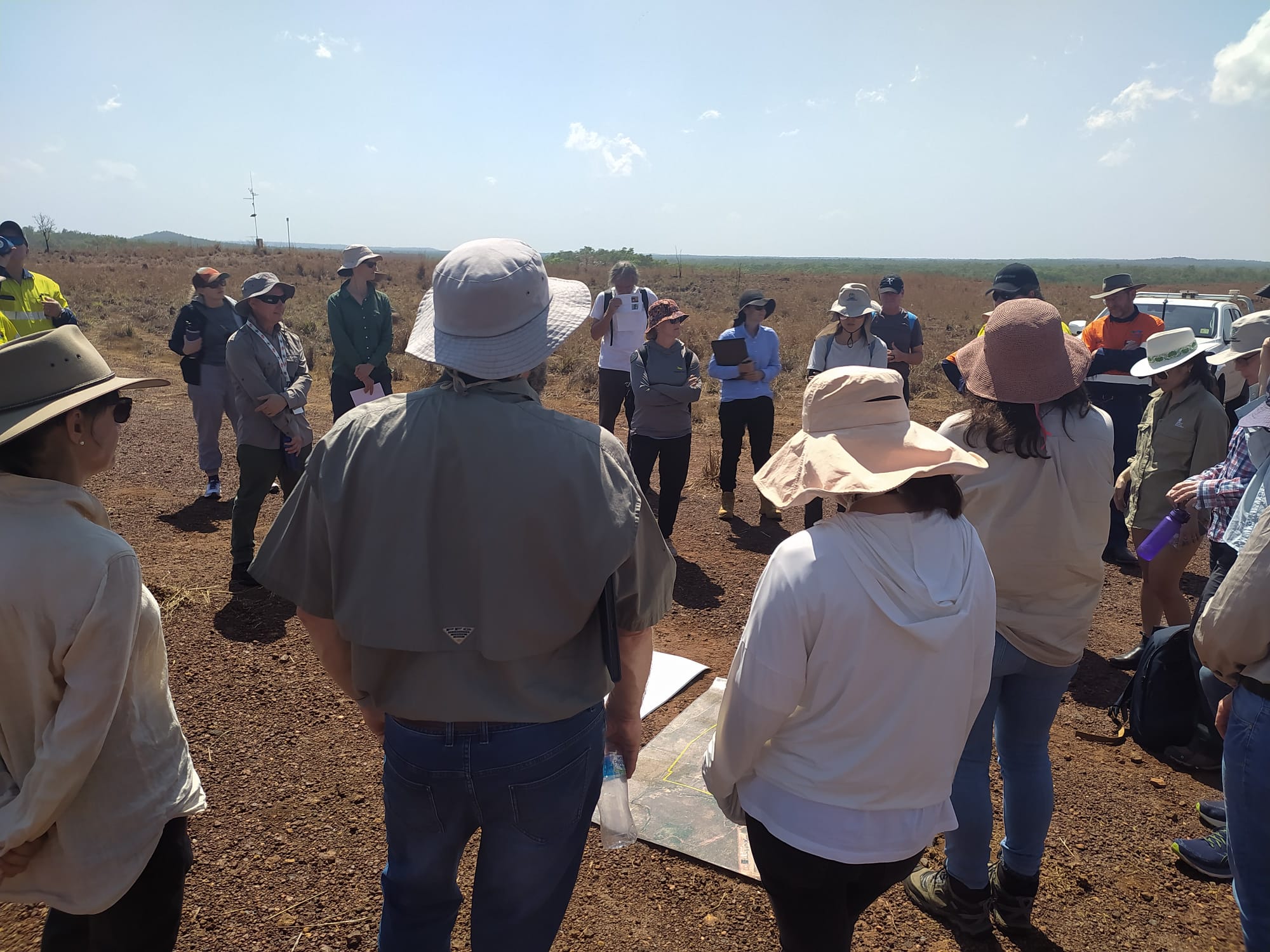
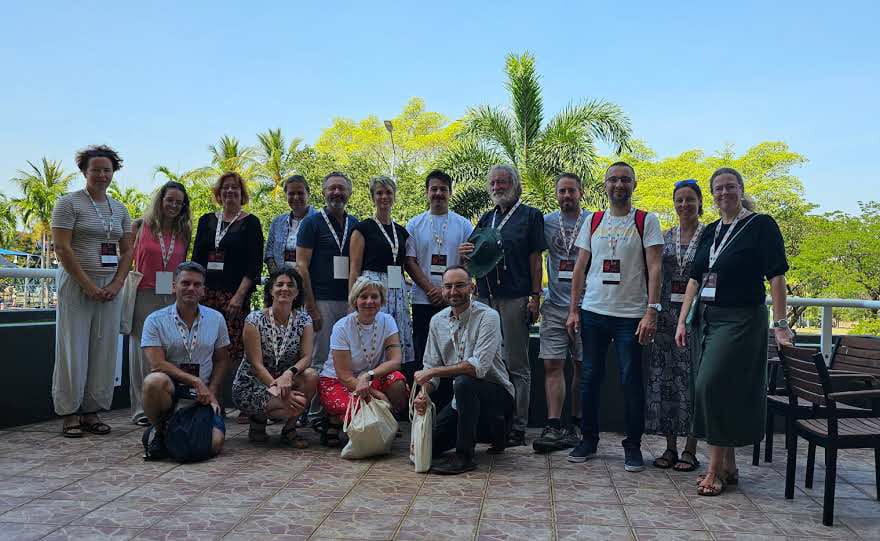
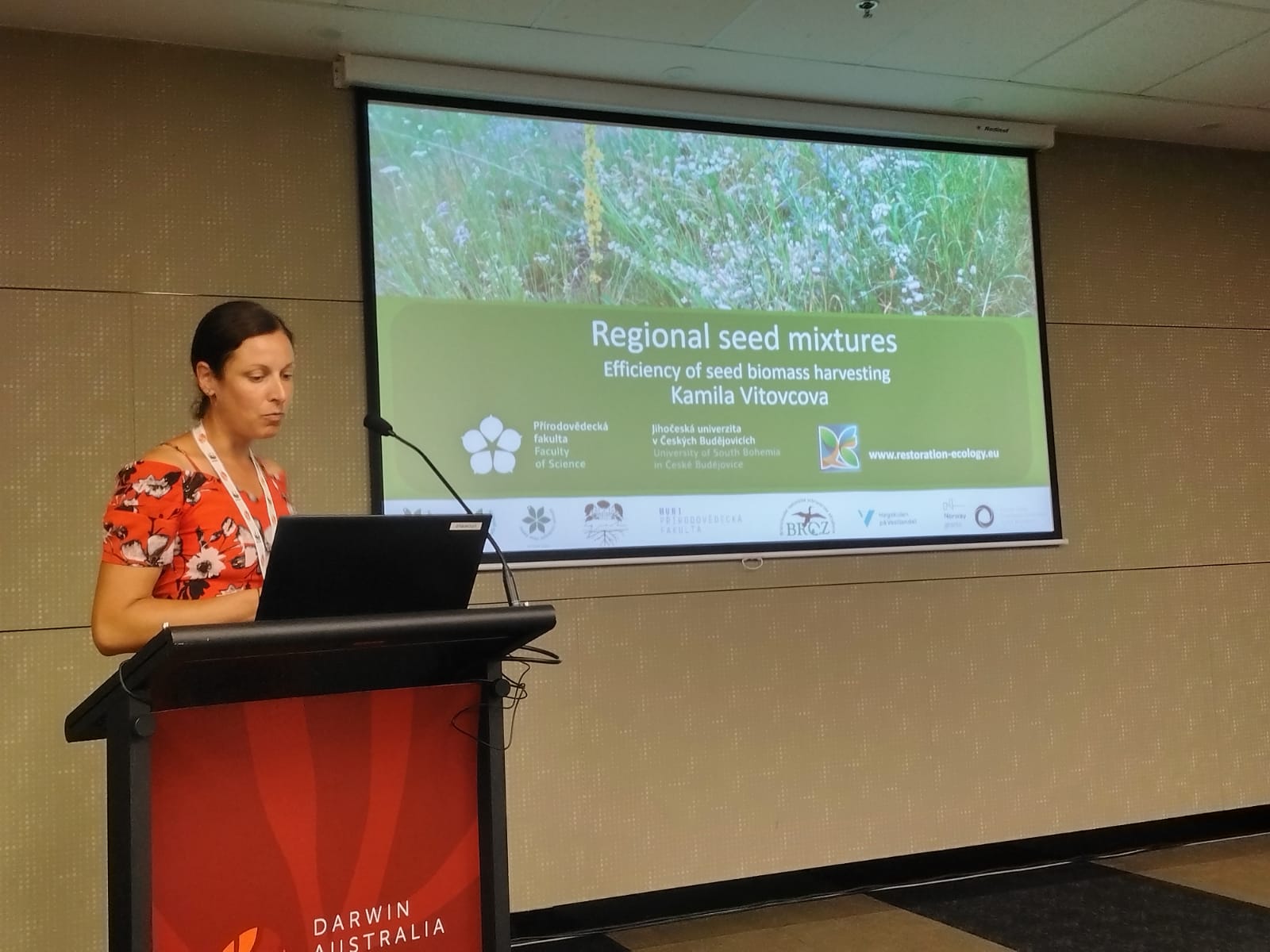
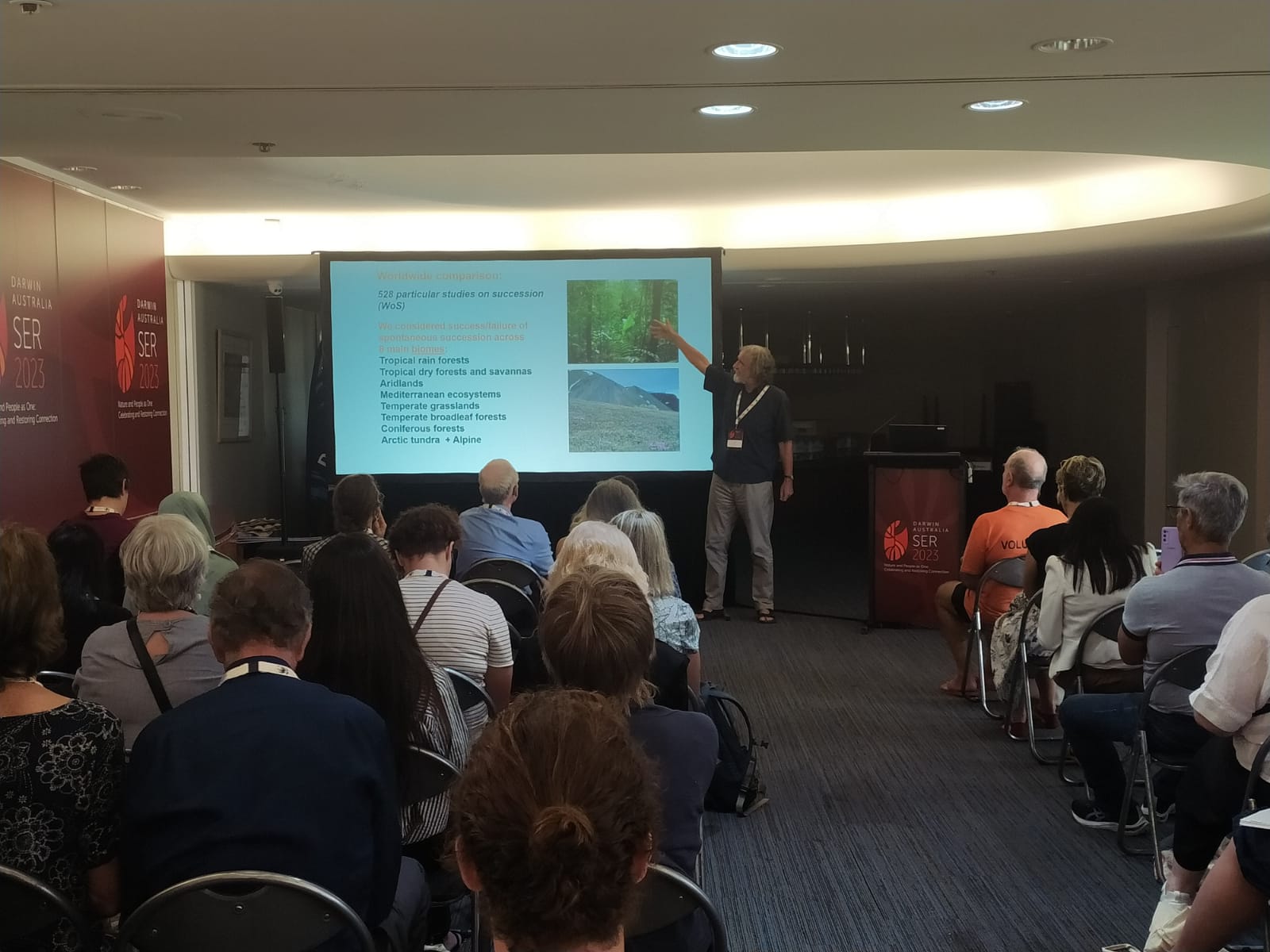
 The seminar called "How to establish a flowering grassland" took place on 4th September at the Faculty of Science, University of South Bohemia in České Budějovice. Based on the number of participants, we assume that this is a current and appealing topic. In the afternoon, there was also a practical demonstration of brush harvesters used to collect seeds (or rather seed biomass) of plant species.
The seminar called "How to establish a flowering grassland" took place on 4th September at the Faculty of Science, University of South Bohemia in České Budějovice. Based on the number of participants, we assume that this is a current and appealing topic. In the afternoon, there was also a practical demonstration of brush harvesters used to collect seeds (or rather seed biomass) of plant species.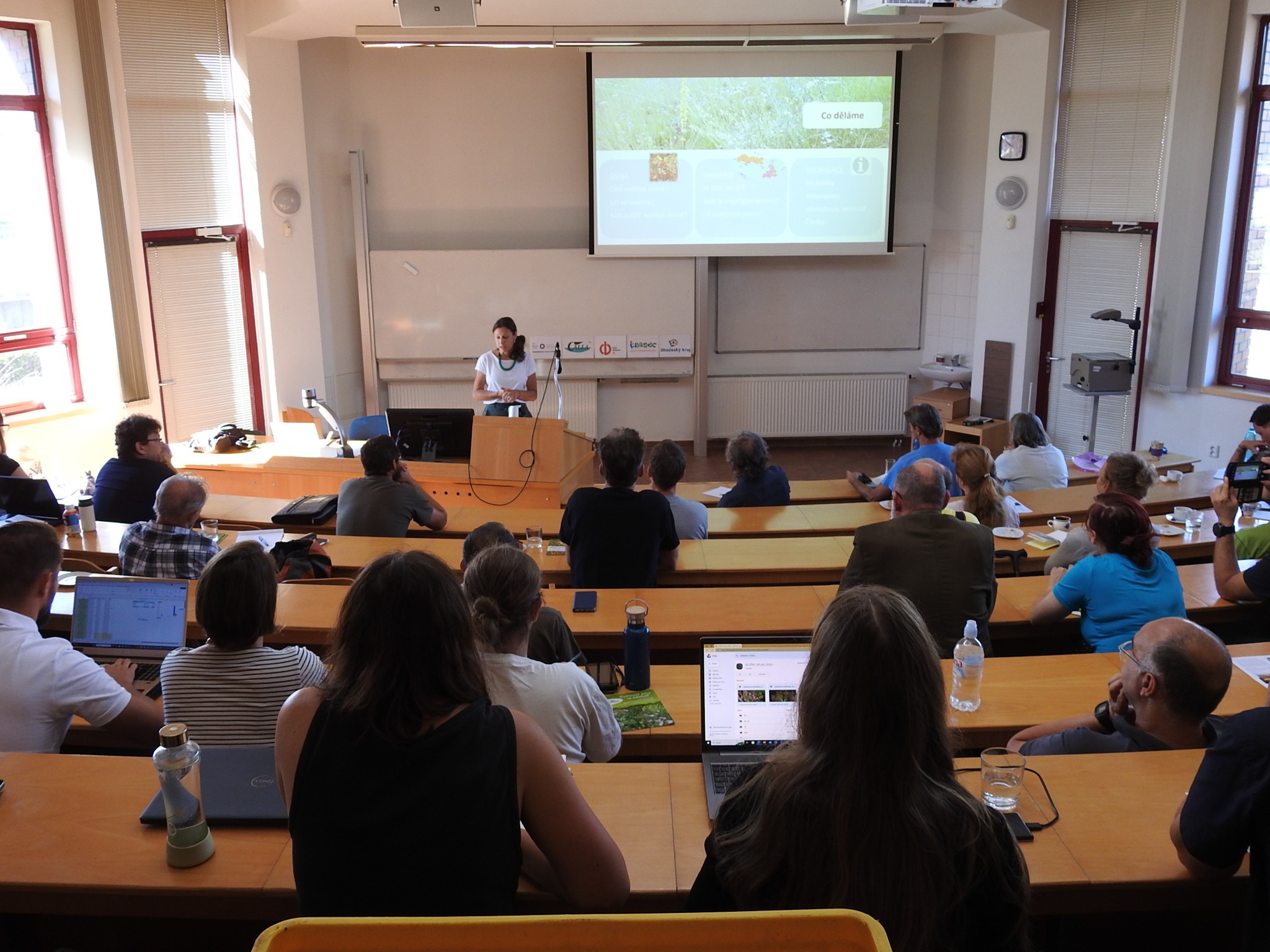
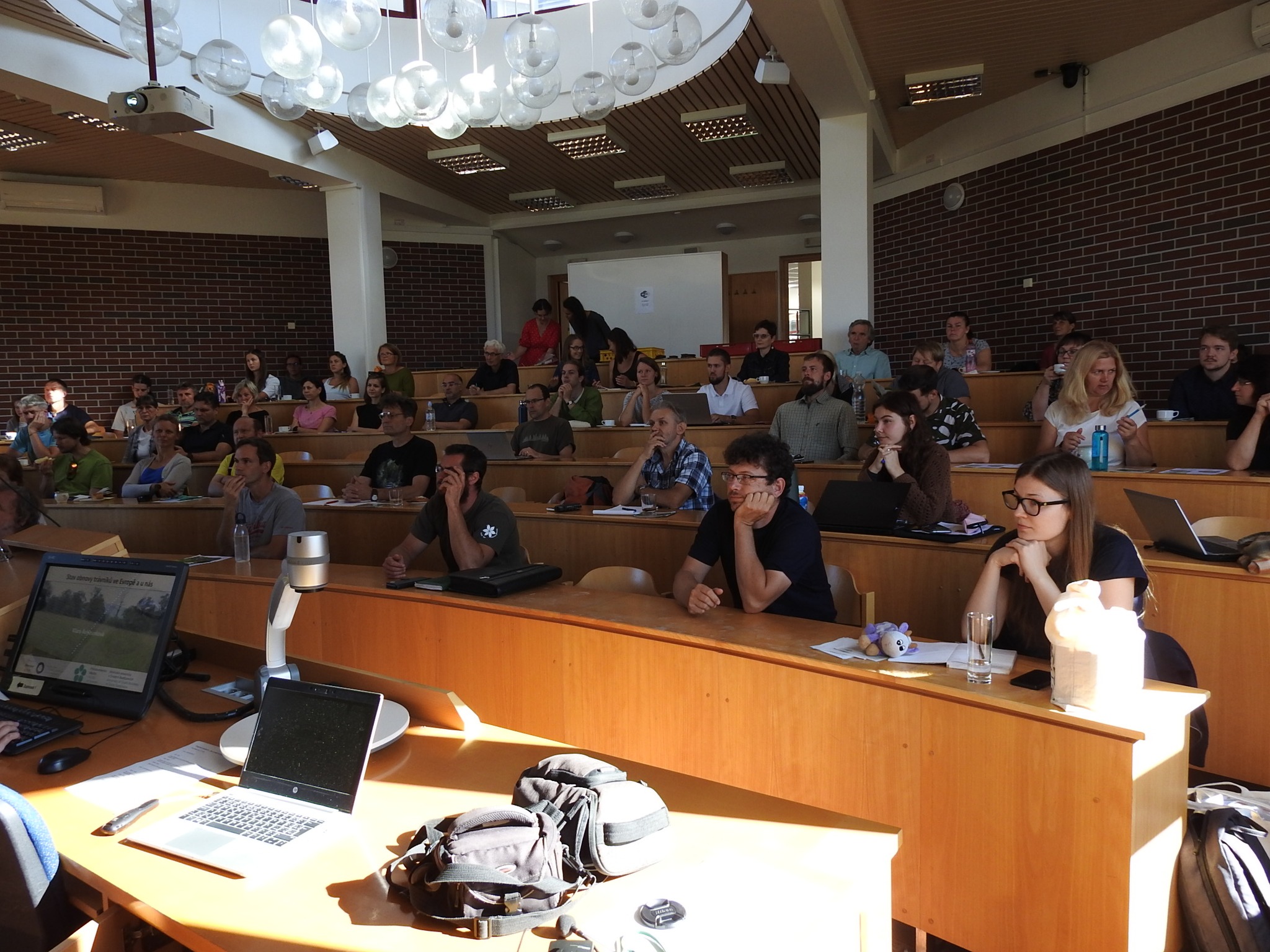
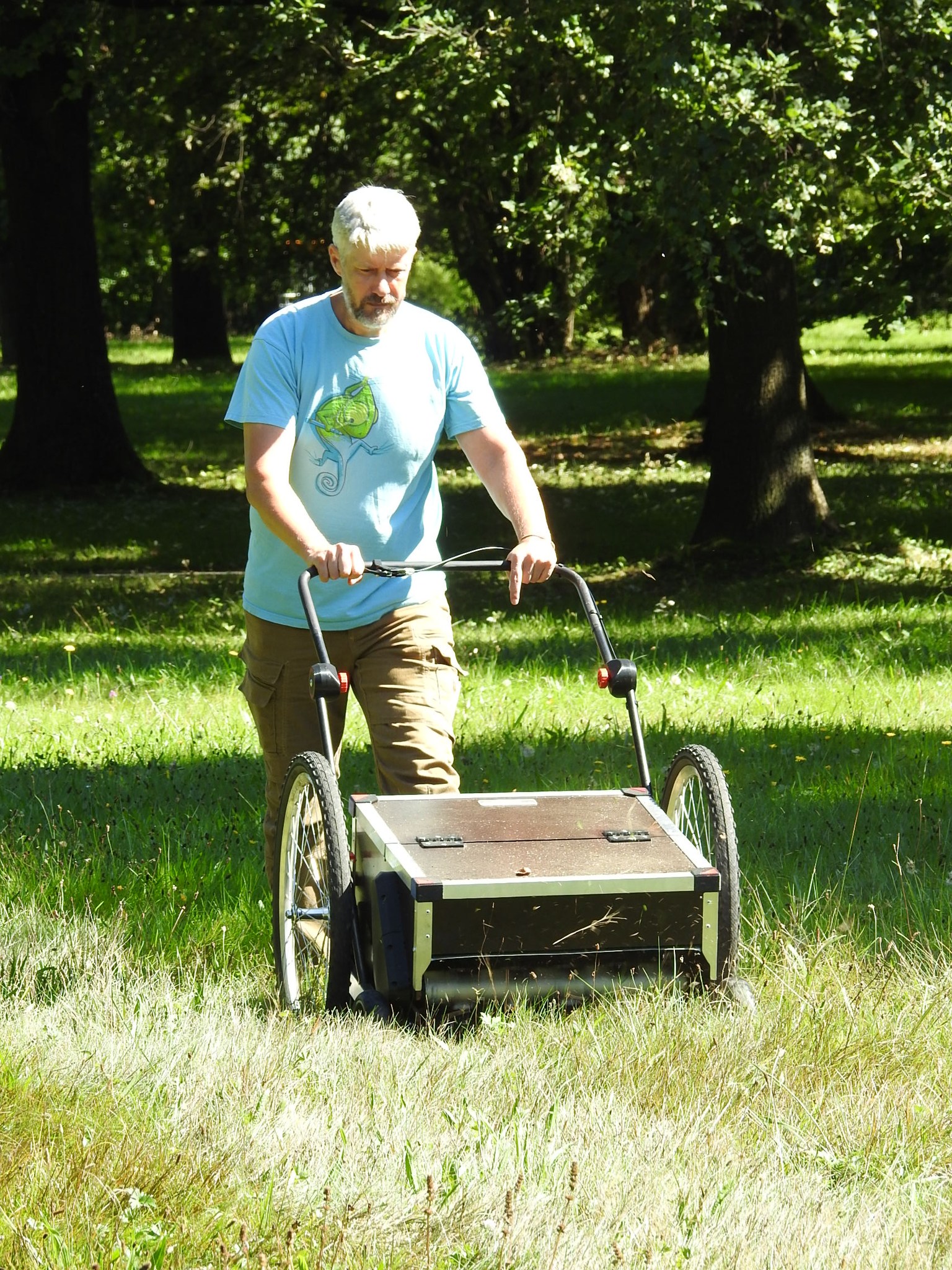
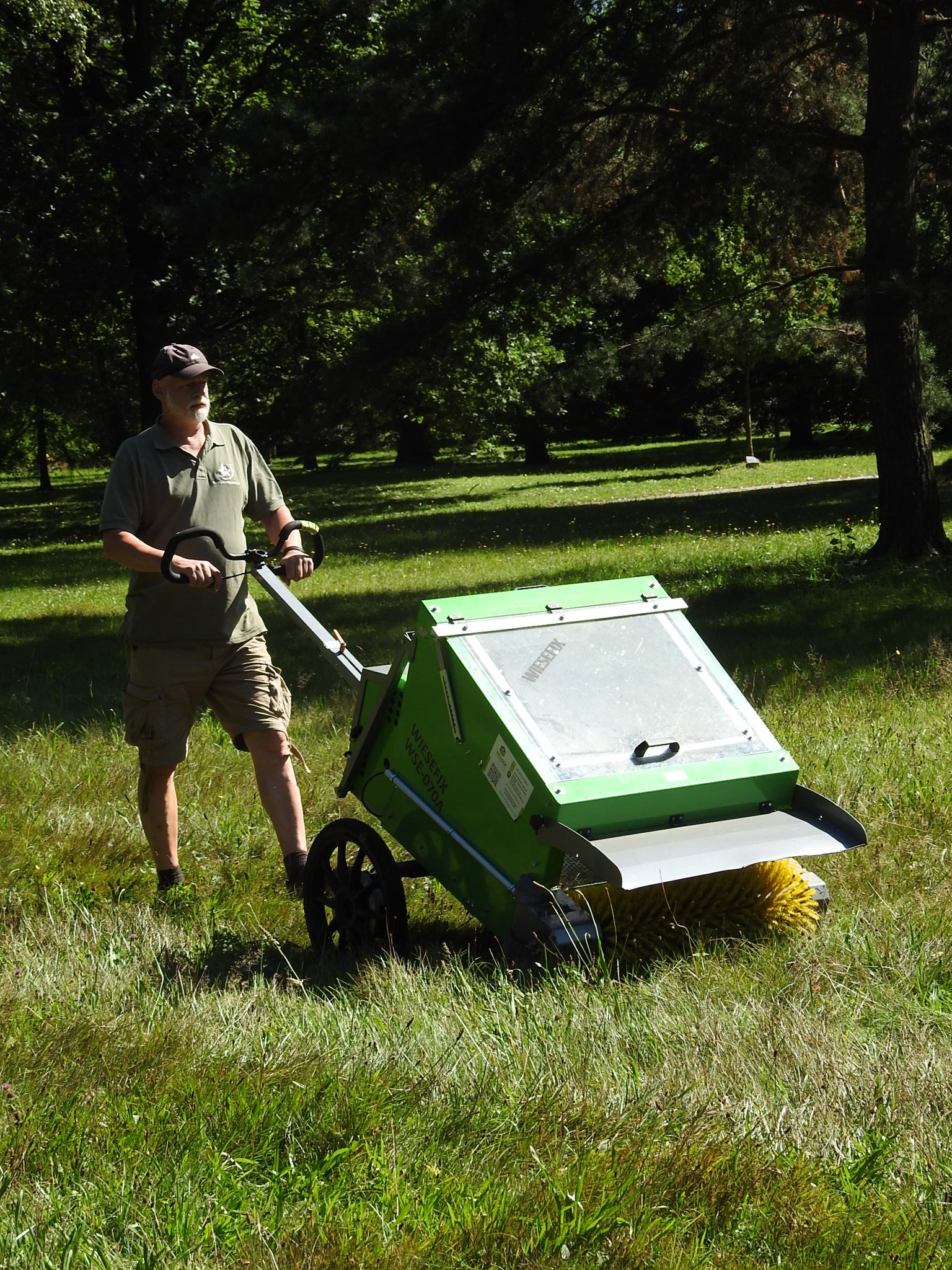
 The TEAM#UP project slowly starts. At the end of June, we met all the project partners from the Czech Republic, Germany, Norway, and Spain. Now, the intensive work on teaching materials starts. The materials will be prepared for pilot integration into education next year. We are looking forward to cooperation with the Czech project partners: Vyšší odborná škola a Střední zemědělská škola, Benešov, and Pro-Bio Association of Ecological Farmers.
The TEAM#UP project slowly starts. At the end of June, we met all the project partners from the Czech Republic, Germany, Norway, and Spain. Now, the intensive work on teaching materials starts. The materials will be prepared for pilot integration into education next year. We are looking forward to cooperation with the Czech project partners: Vyšší odborná škola a Střední zemědělská škola, Benešov, and Pro-Bio Association of Ecological Farmers.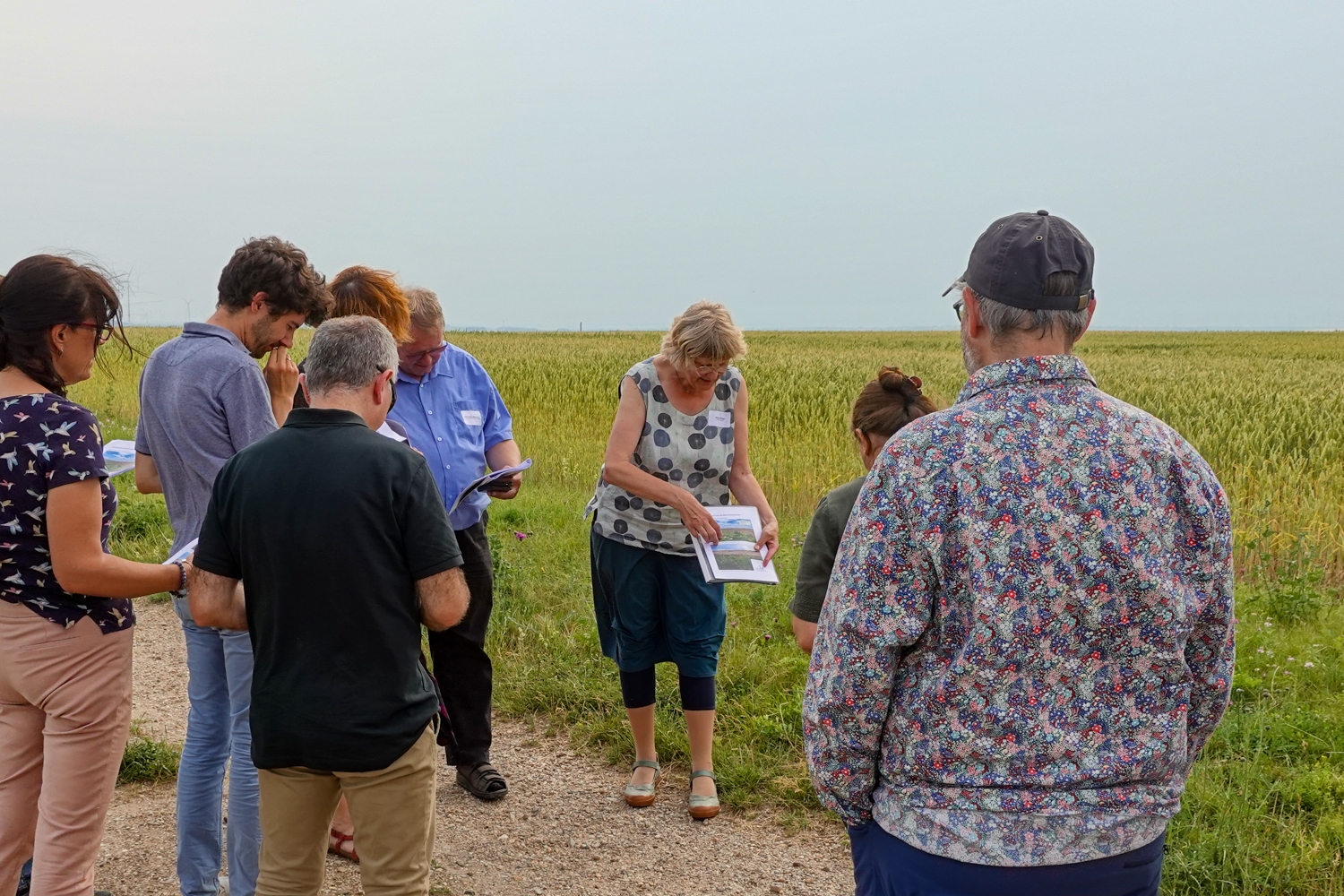
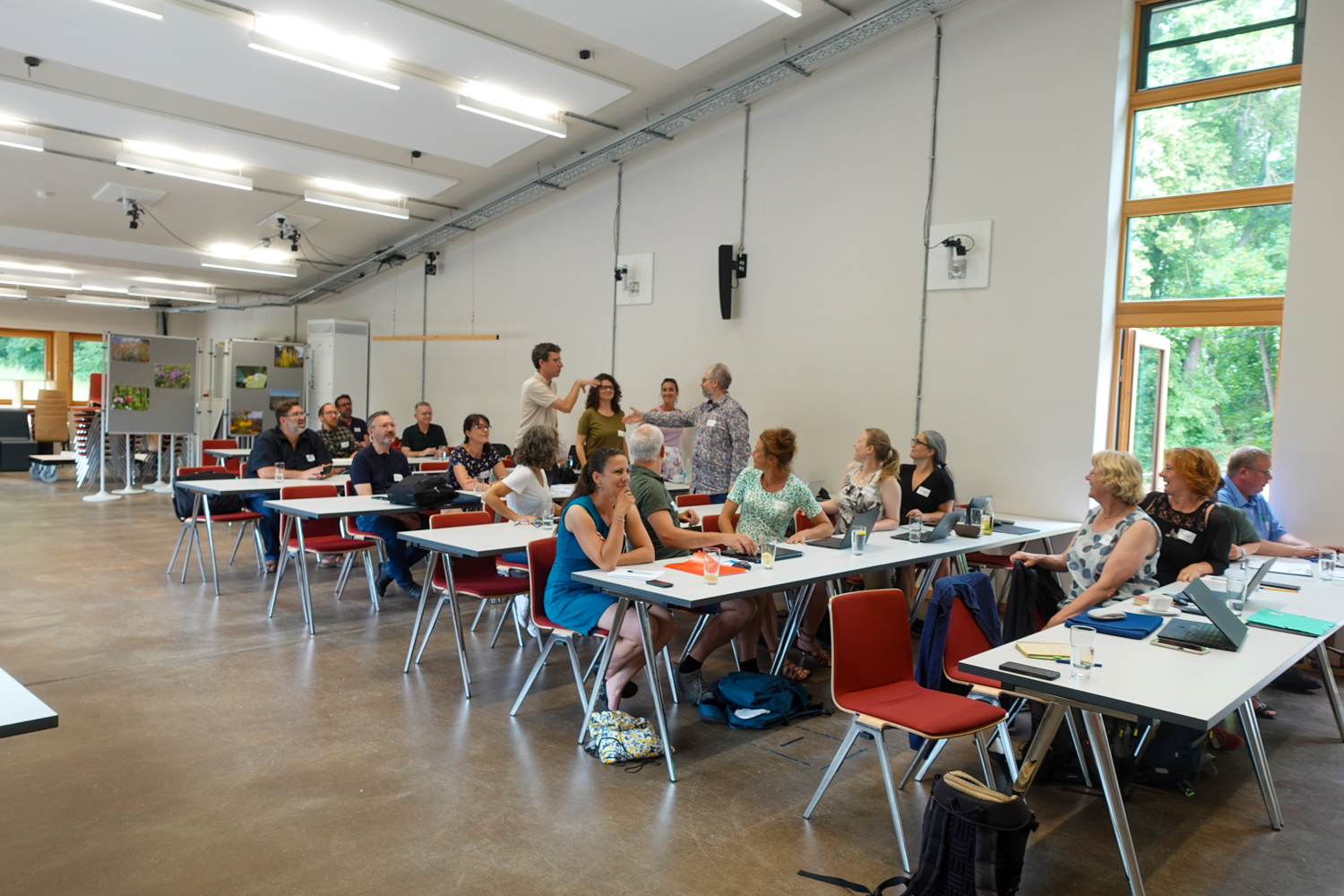
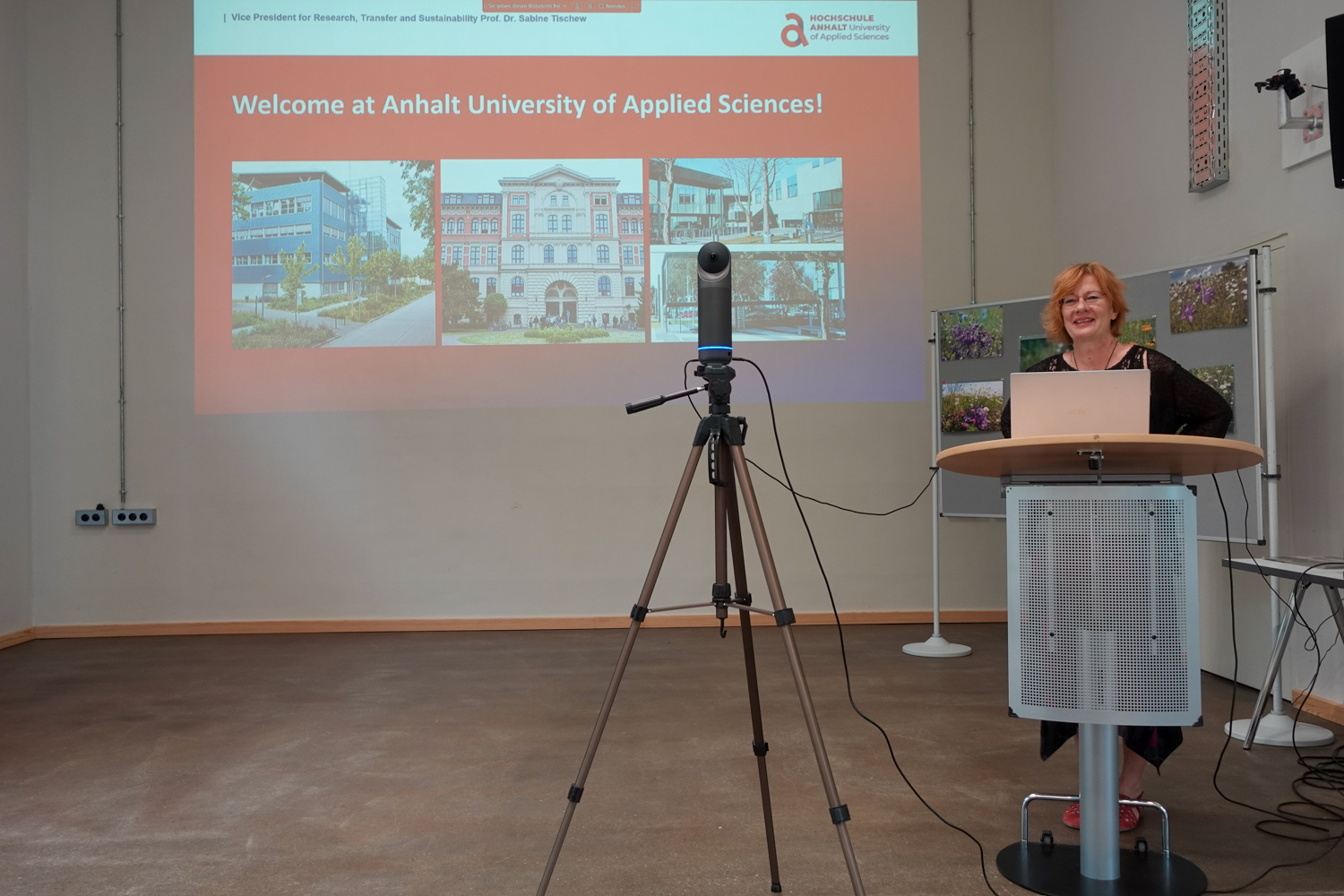
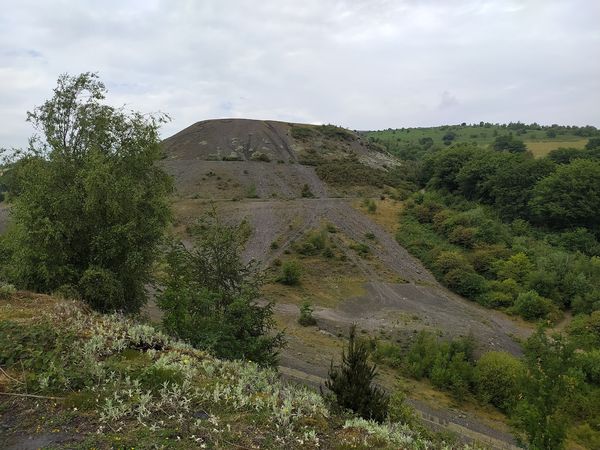 We successfully continue with completing of our Database of Successional Series to extend it to the European scale (
We successfully continue with completing of our Database of Successional Series to extend it to the European scale (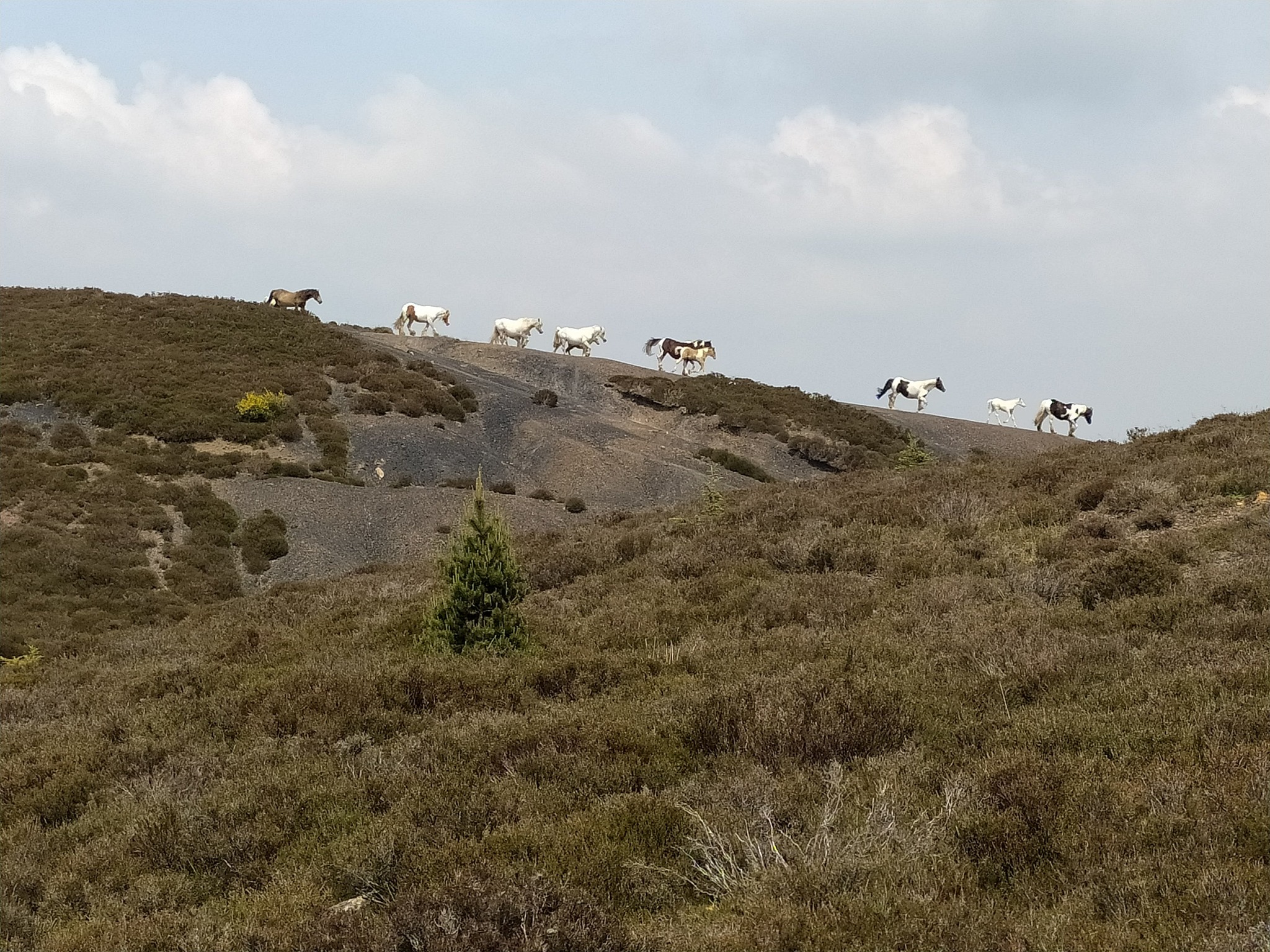
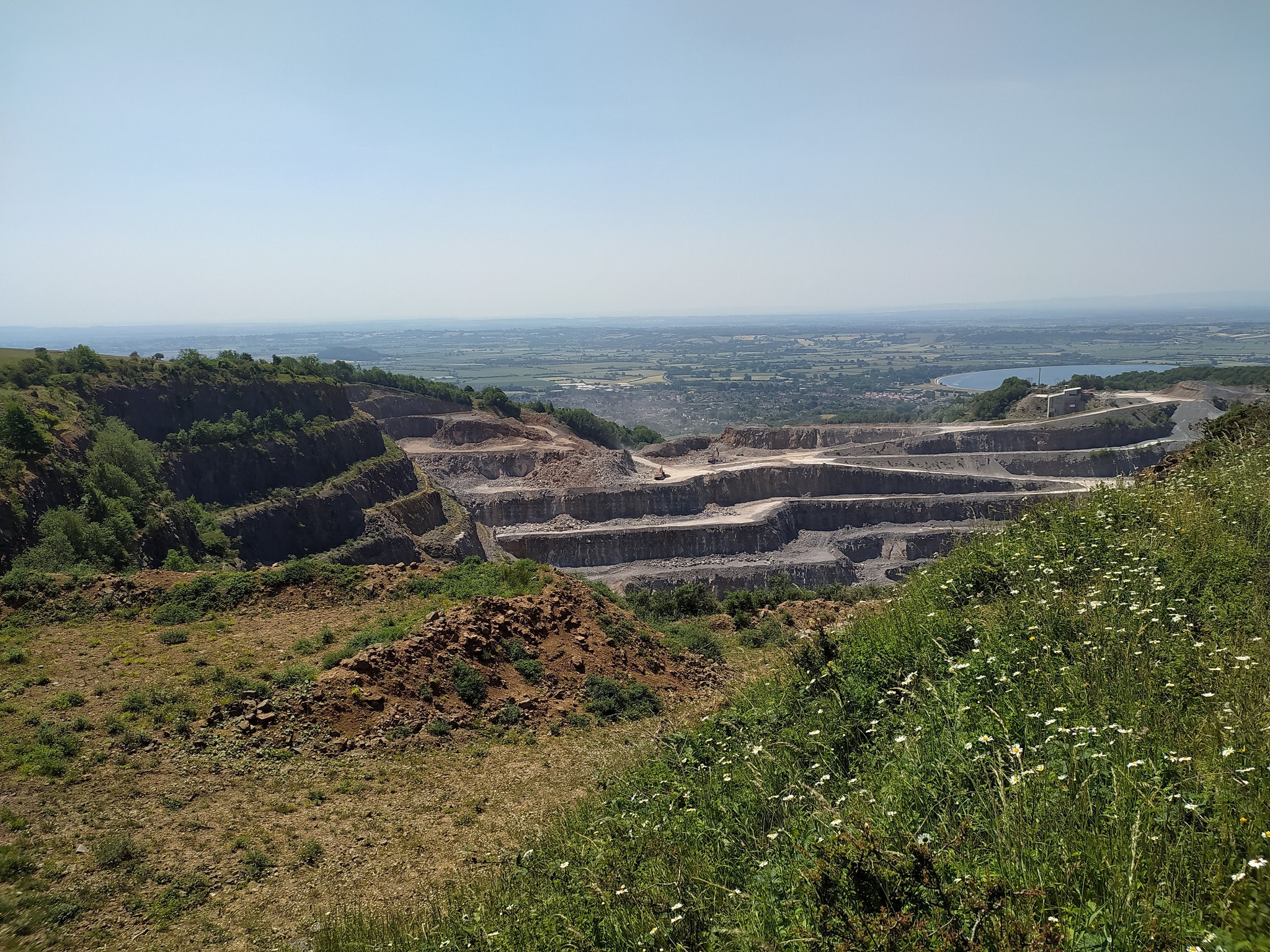
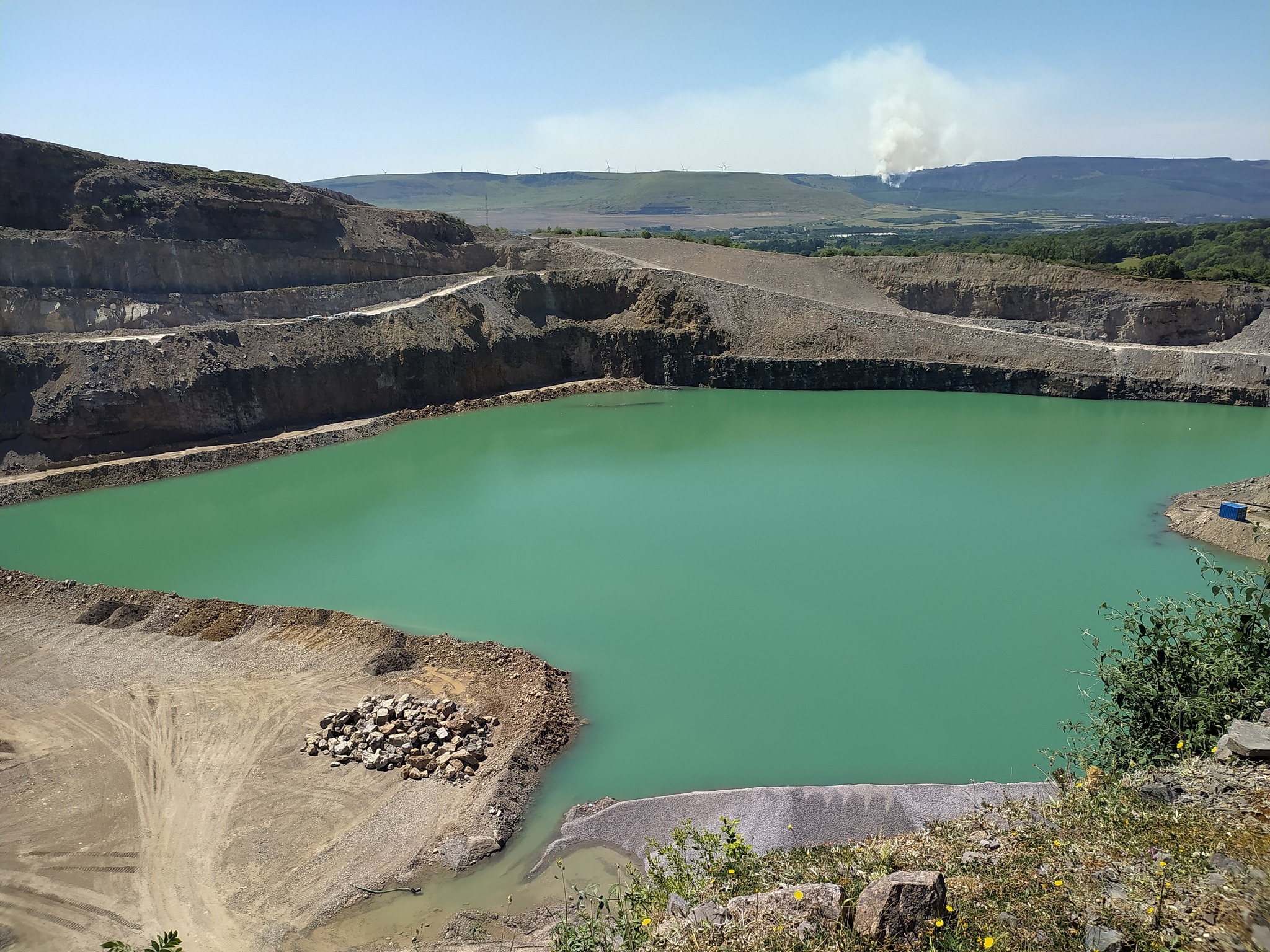
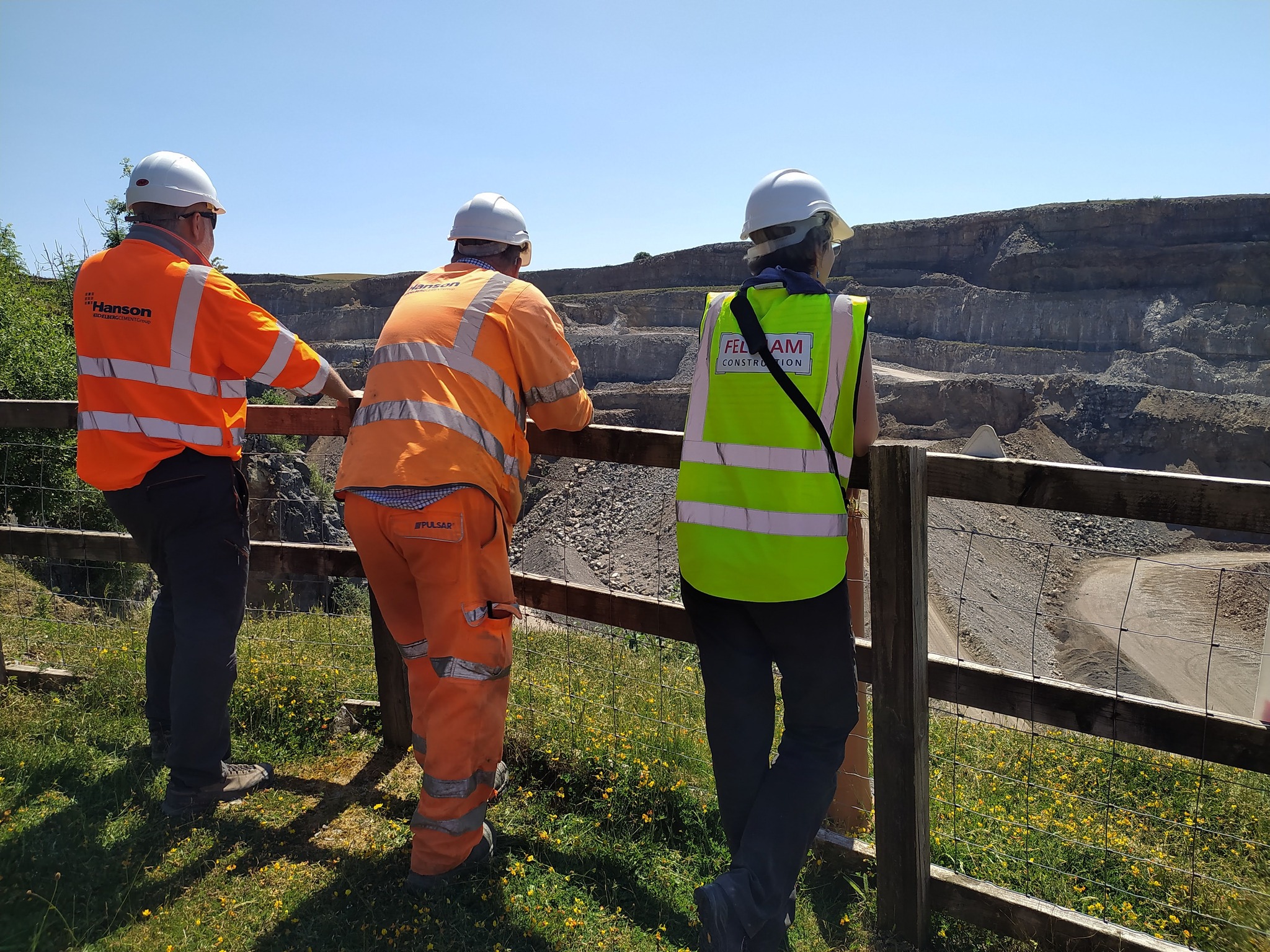
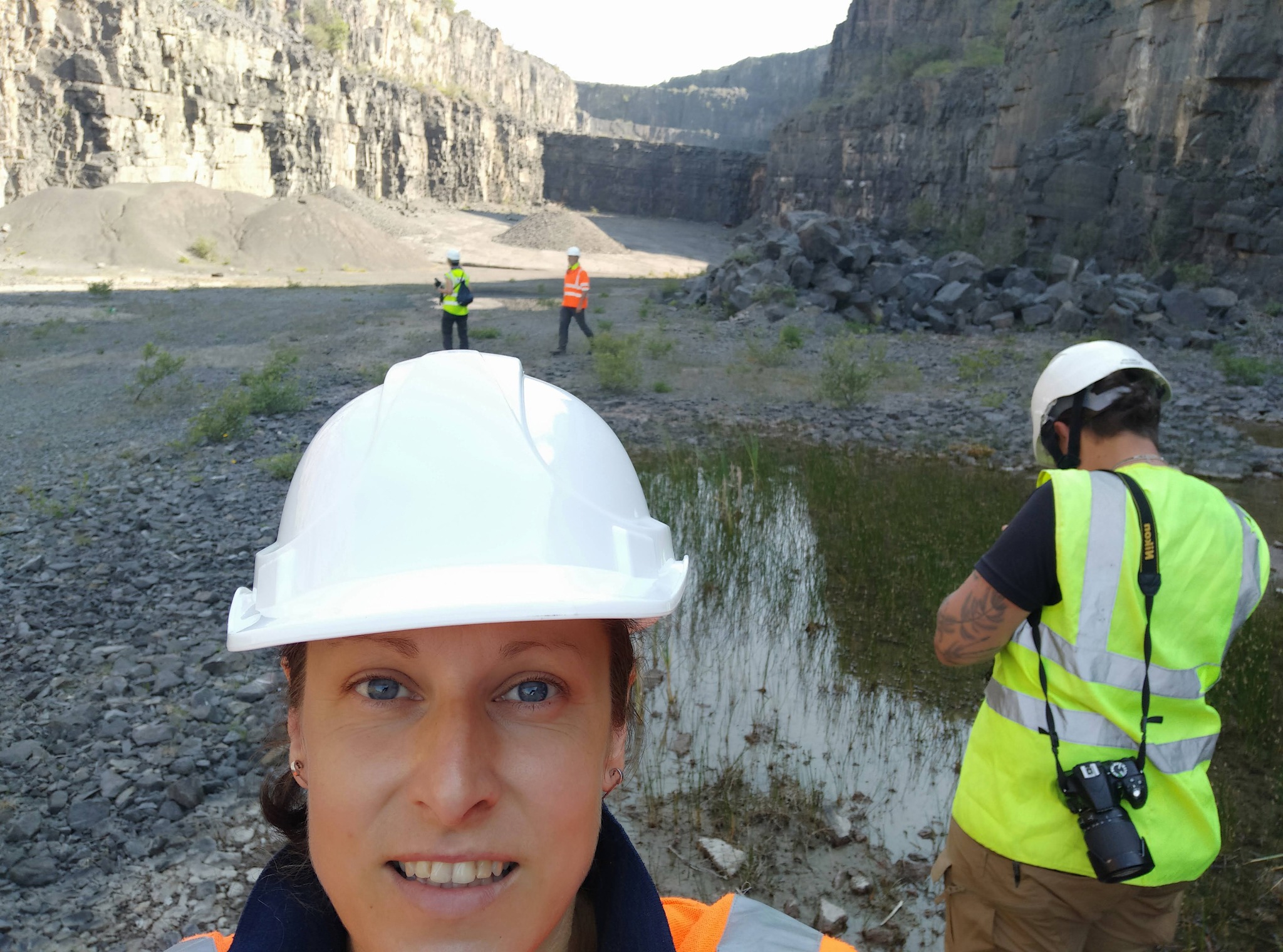
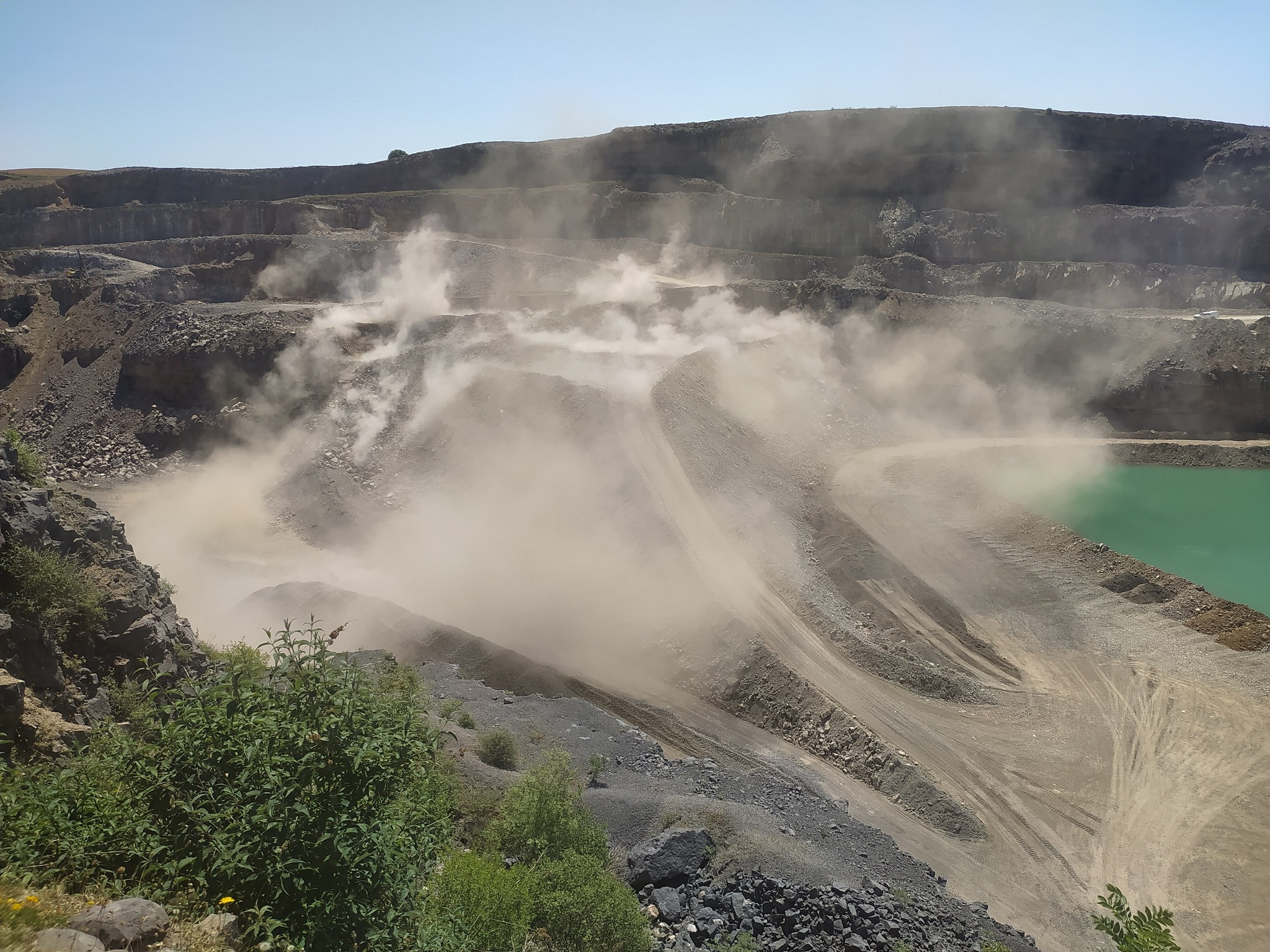
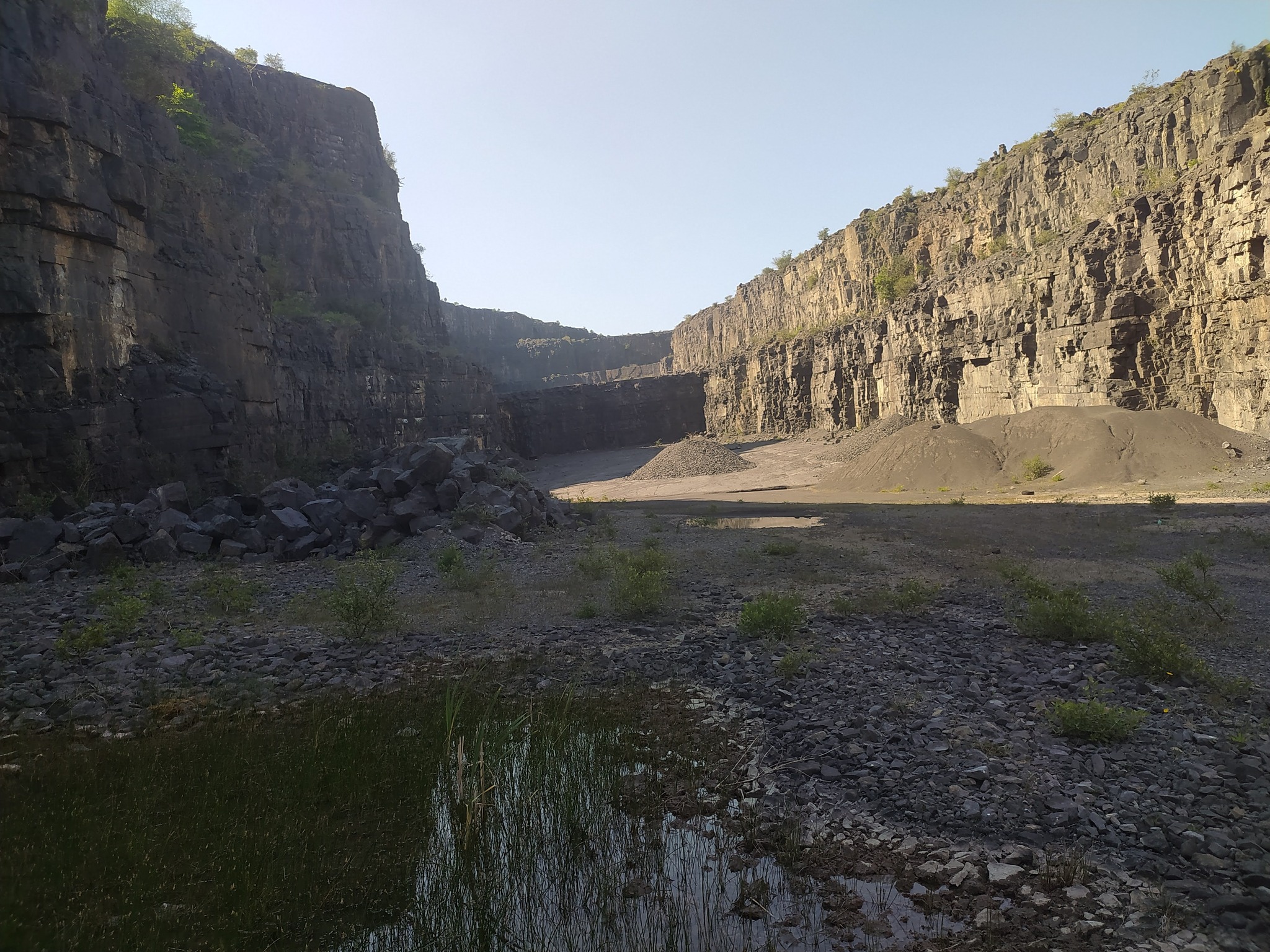
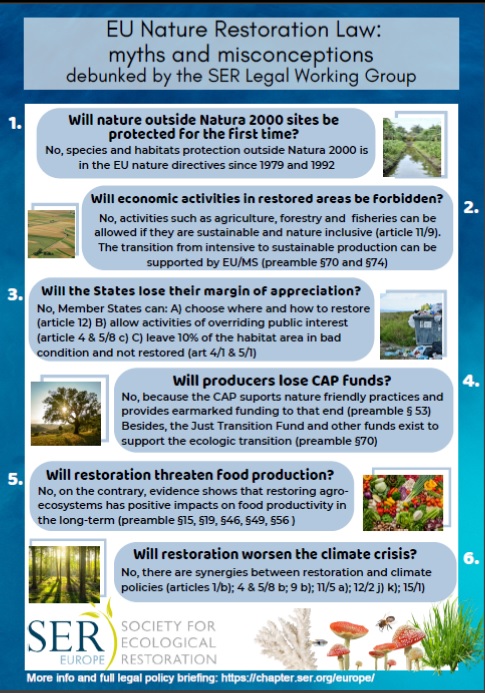 The SER Europe Legal Working Group has developed a short
The SER Europe Legal Working Group has developed a short 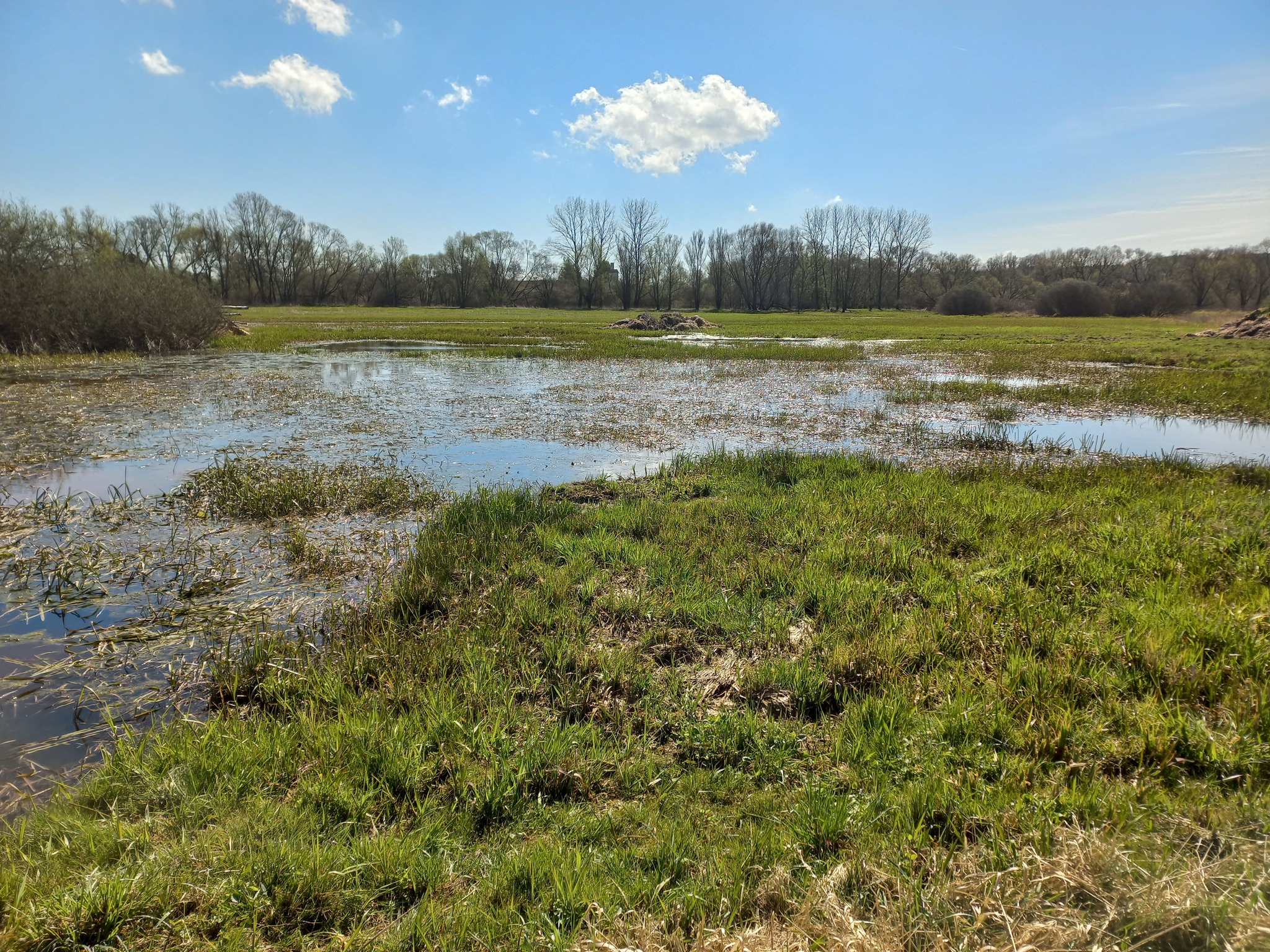 What do they have in common? Both localities are newly established Bird Parks. Both localities will soon be grazed. And at both localities, we plan to establish, in cooperation with the Czech Ornithological Society, permanent plots to monitor the effect of grazing on the restoration of speacies-richer meadow vegetation. We are also impatiently waiting if a joint project will be supported in which we could further broaden our colaboration with the Czech Ornithological Society.
What do they have in common? Both localities are newly established Bird Parks. Both localities will soon be grazed. And at both localities, we plan to establish, in cooperation with the Czech Ornithological Society, permanent plots to monitor the effect of grazing on the restoration of speacies-richer meadow vegetation. We are also impatiently waiting if a joint project will be supported in which we could further broaden our colaboration with the Czech Ornithological Society.